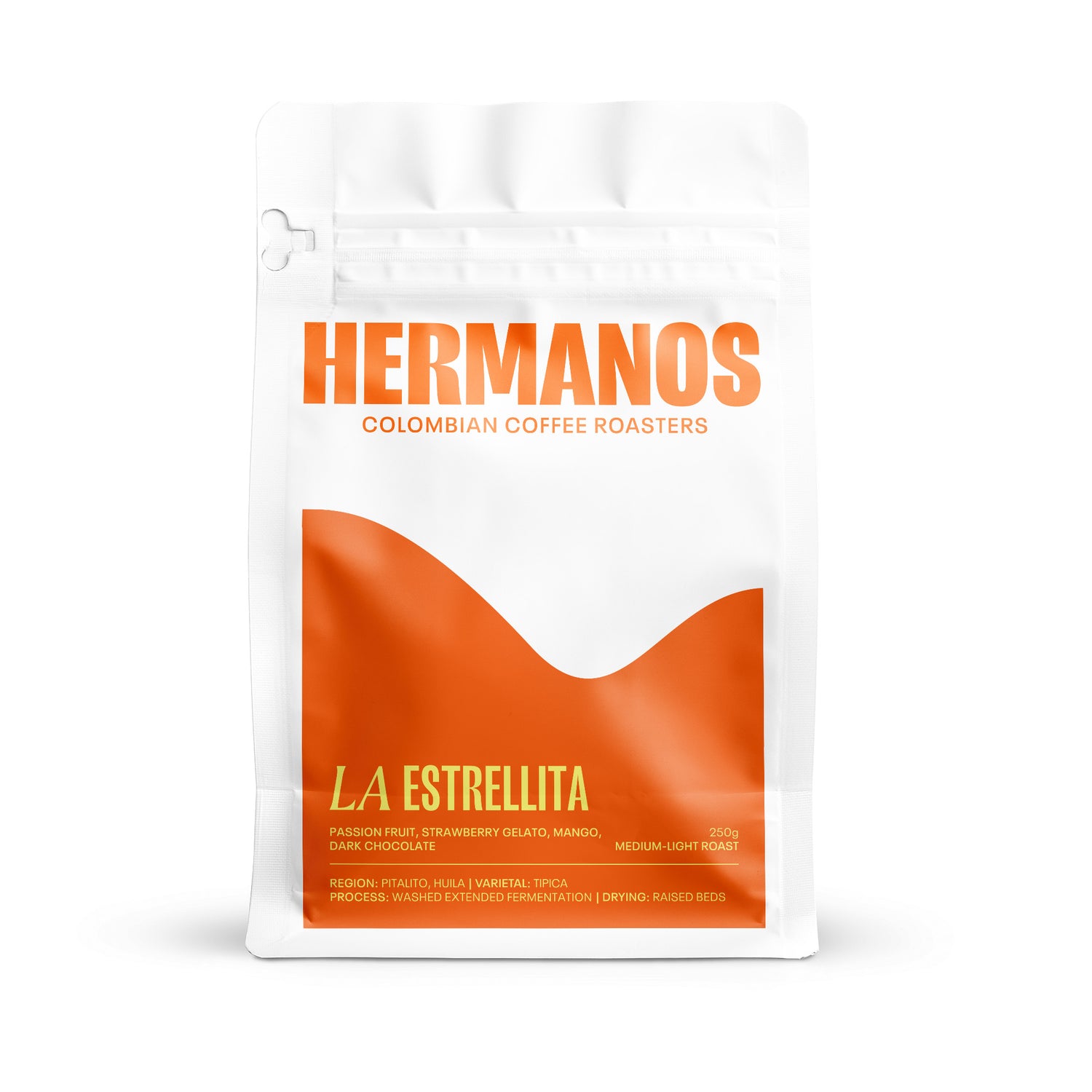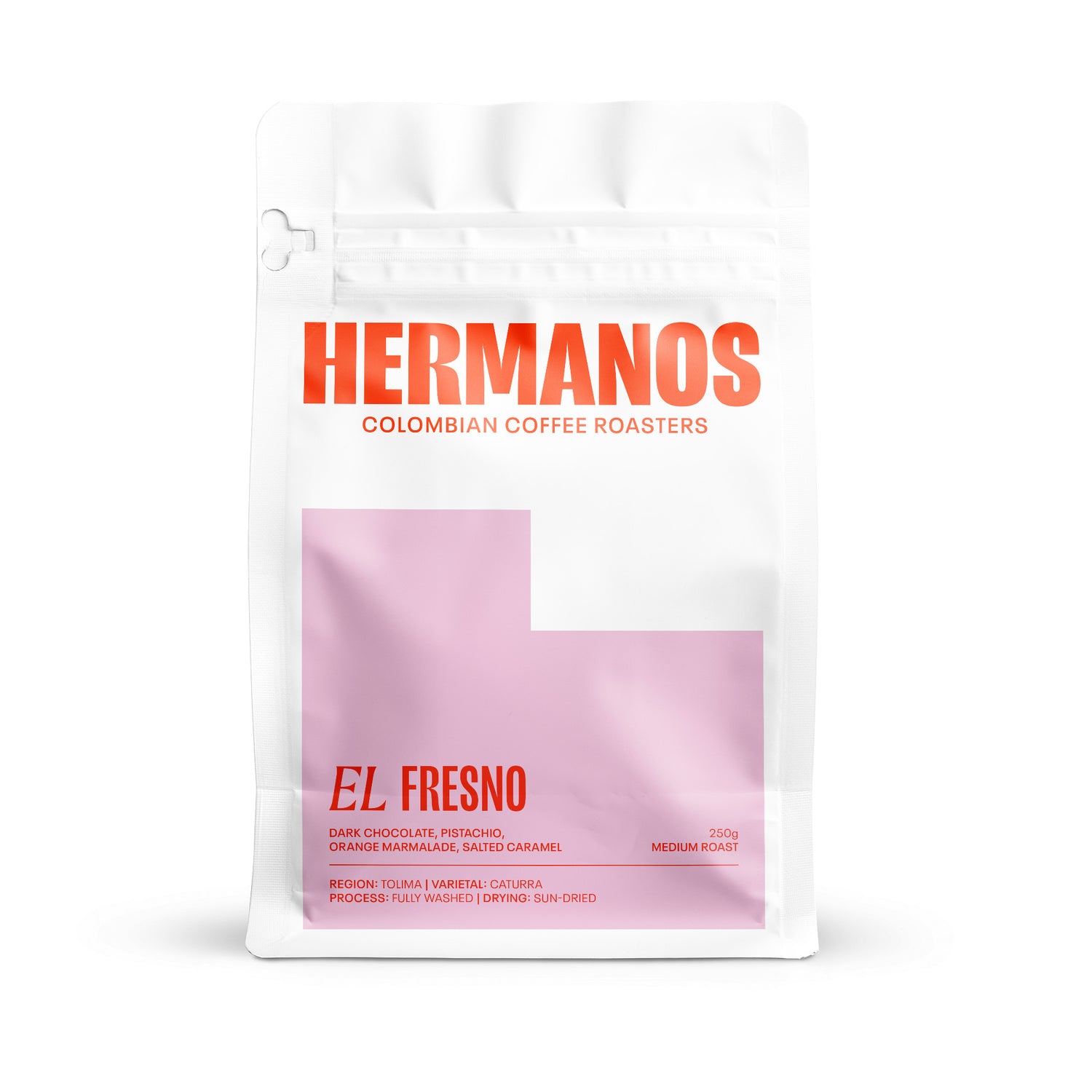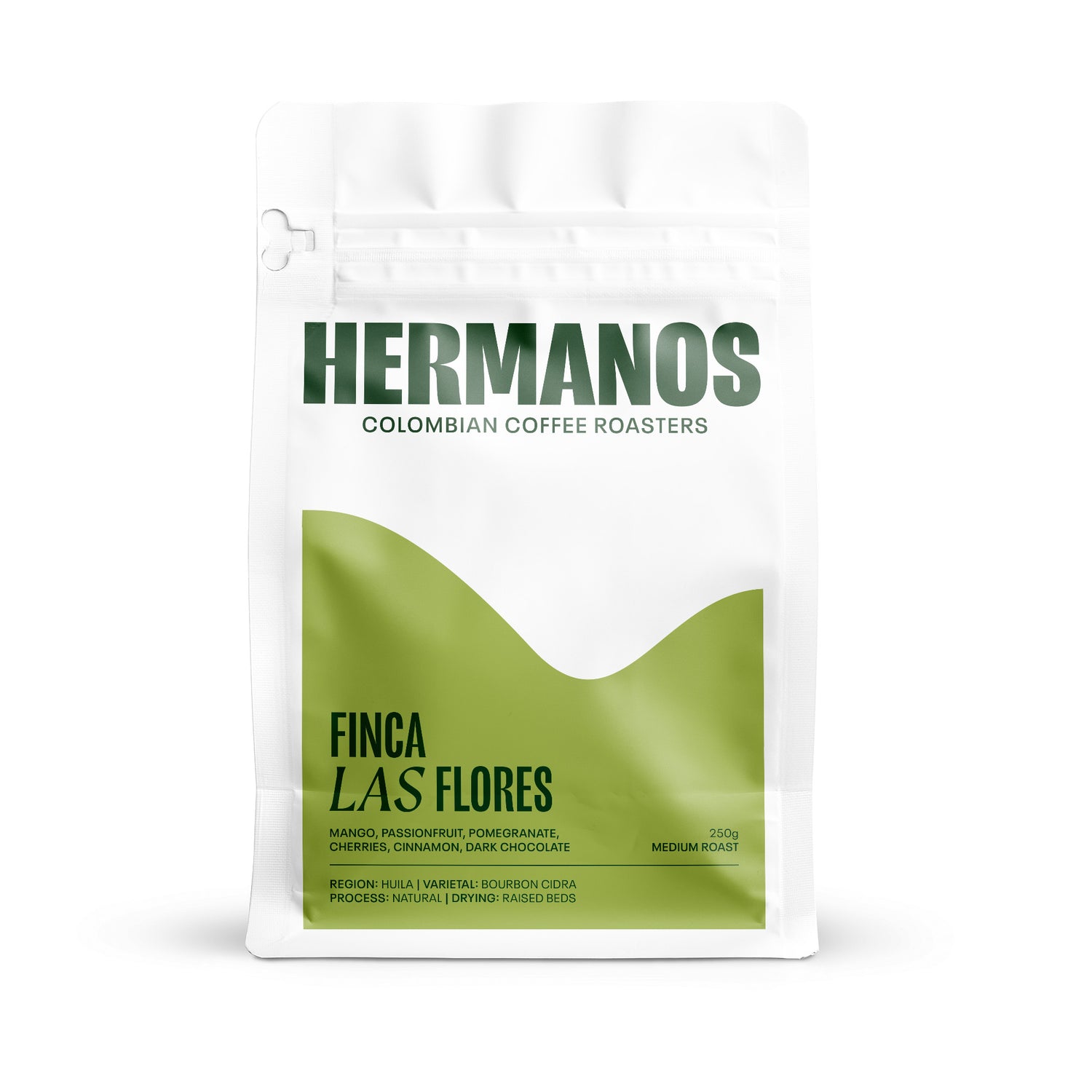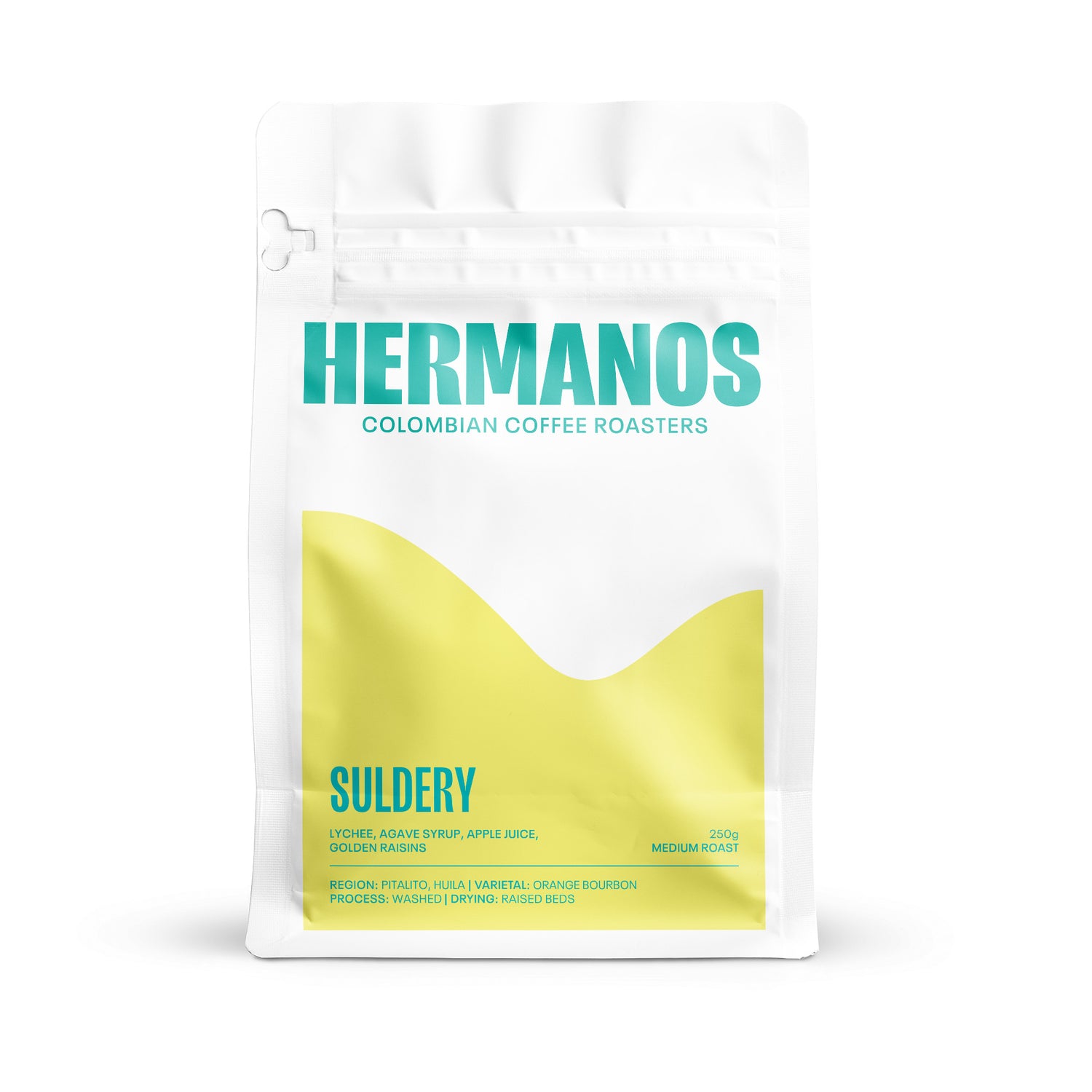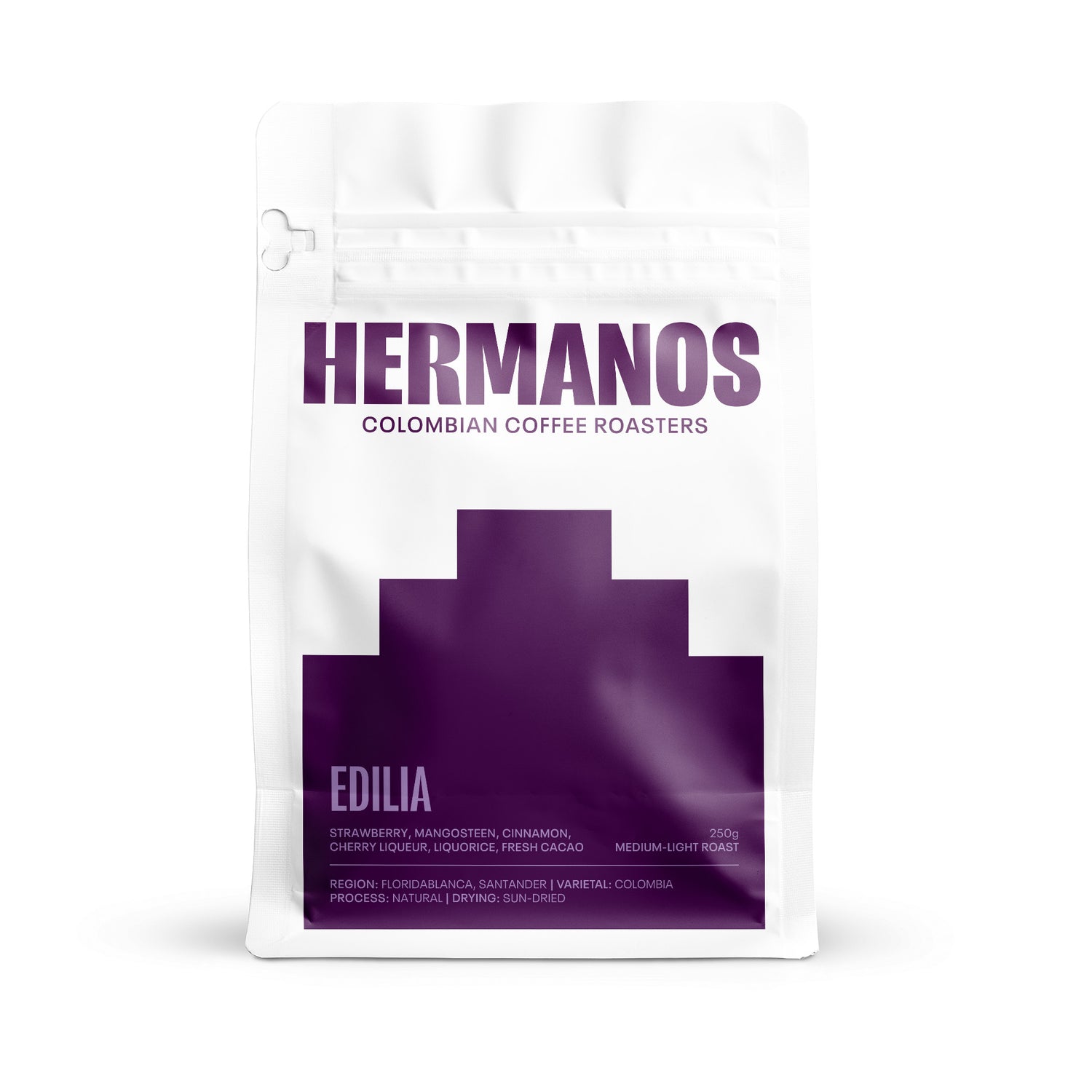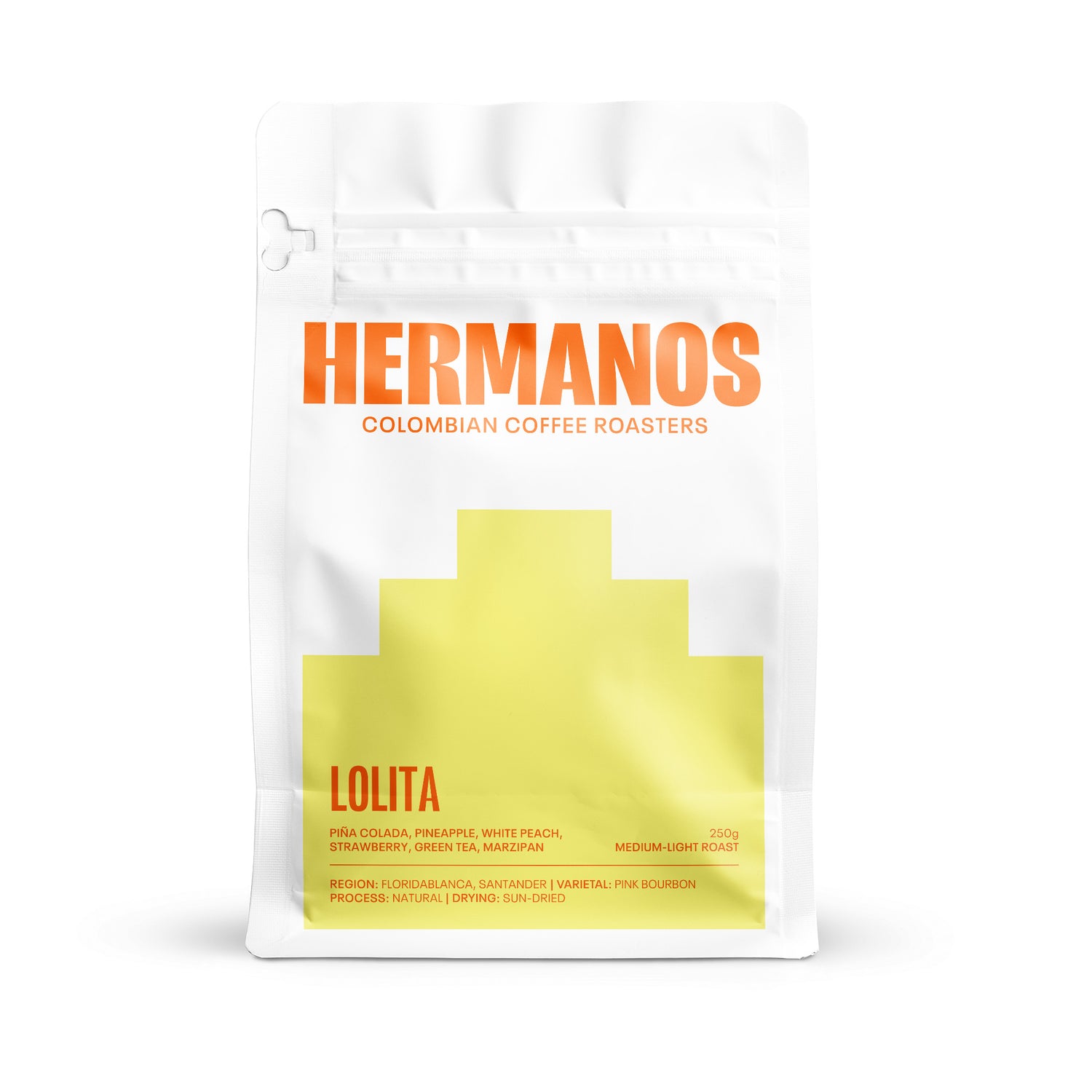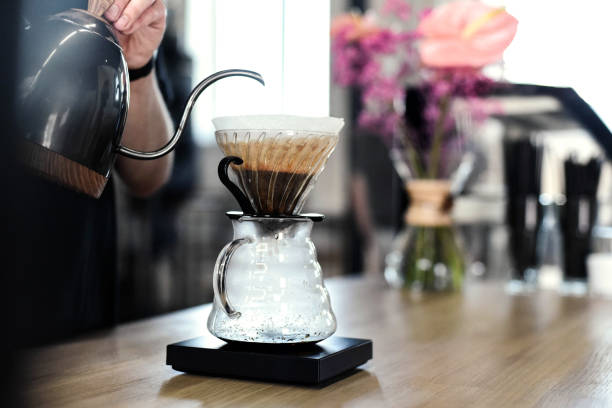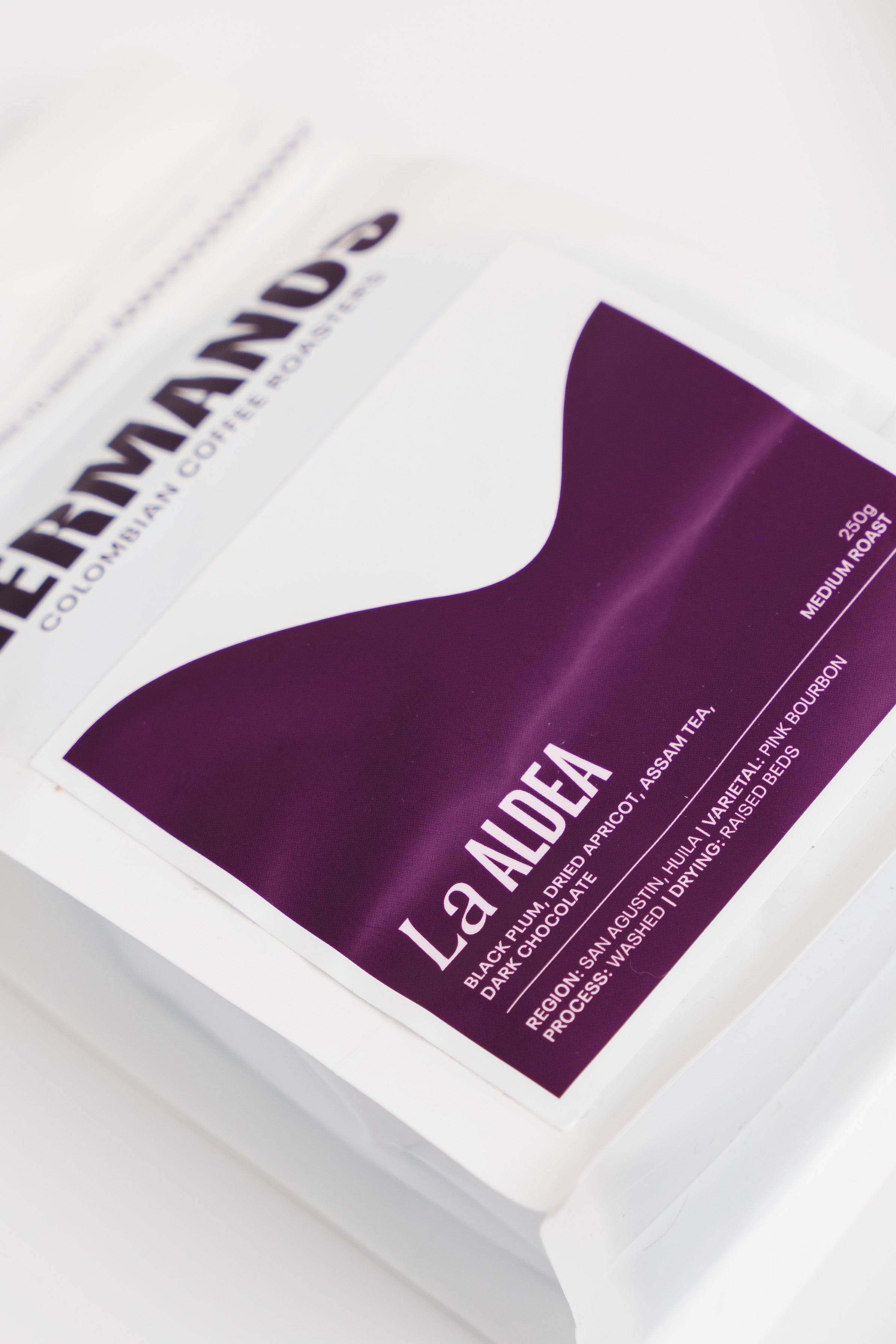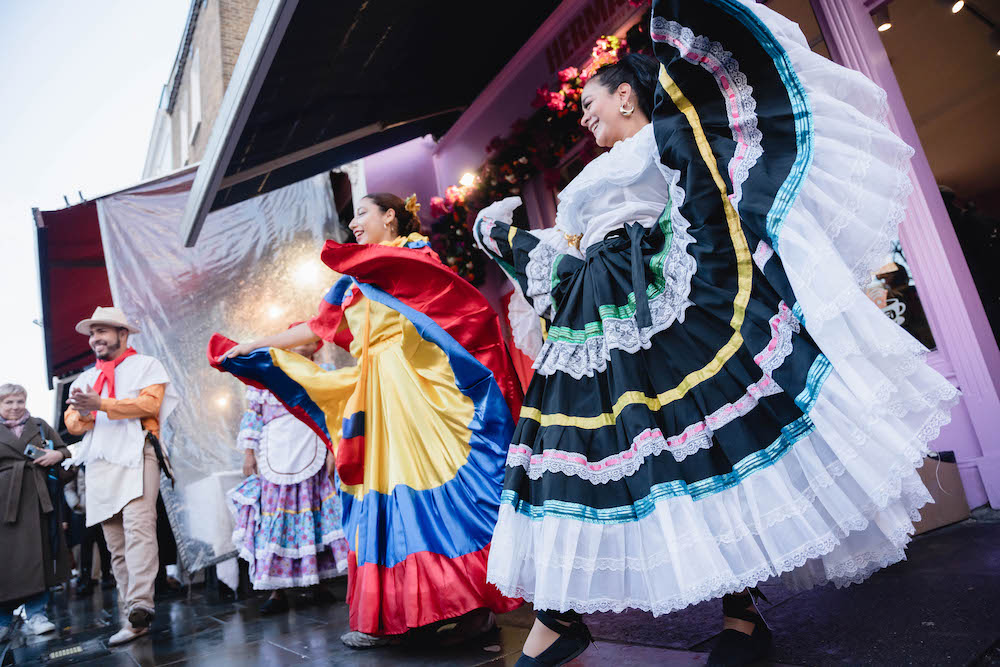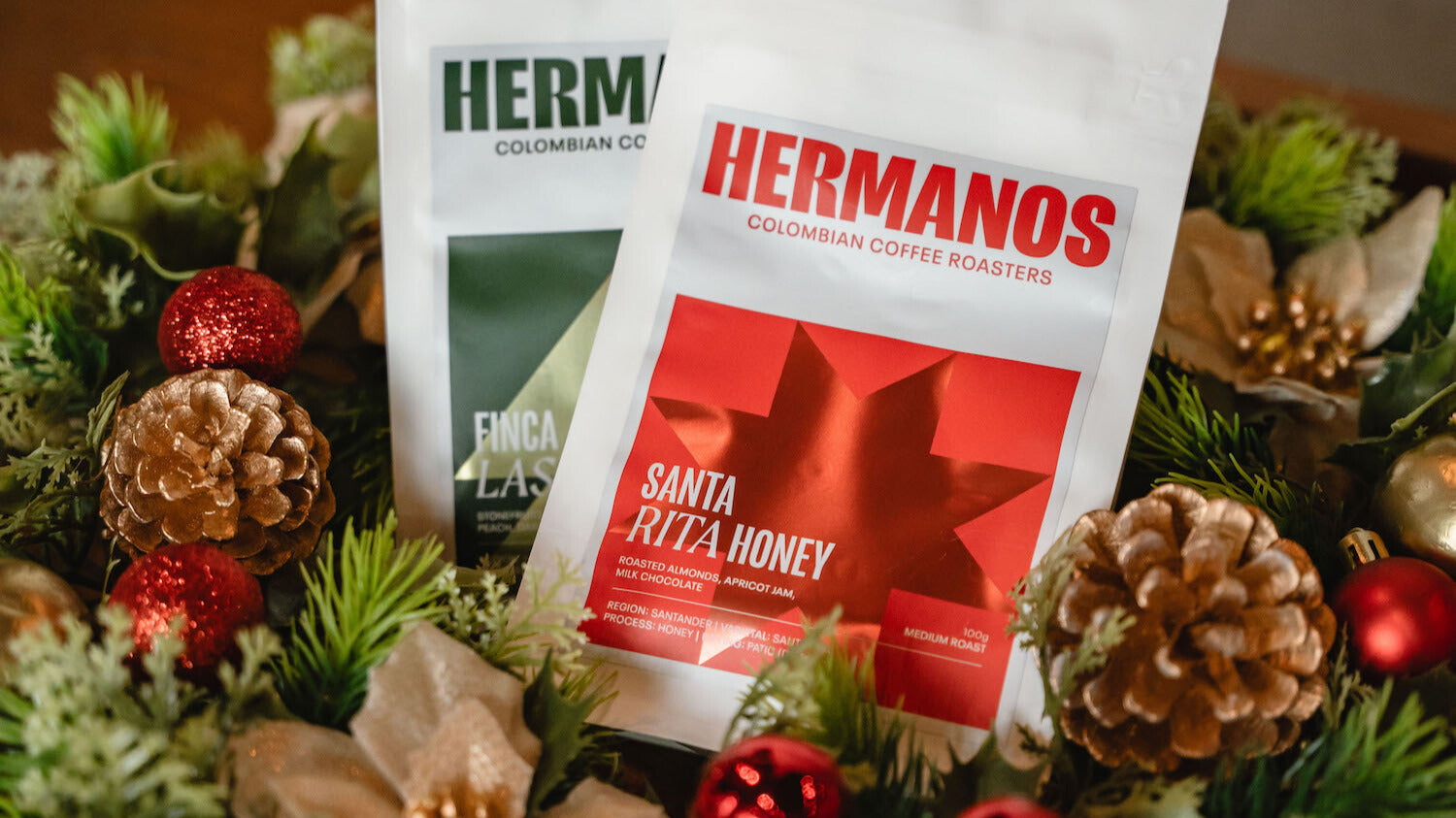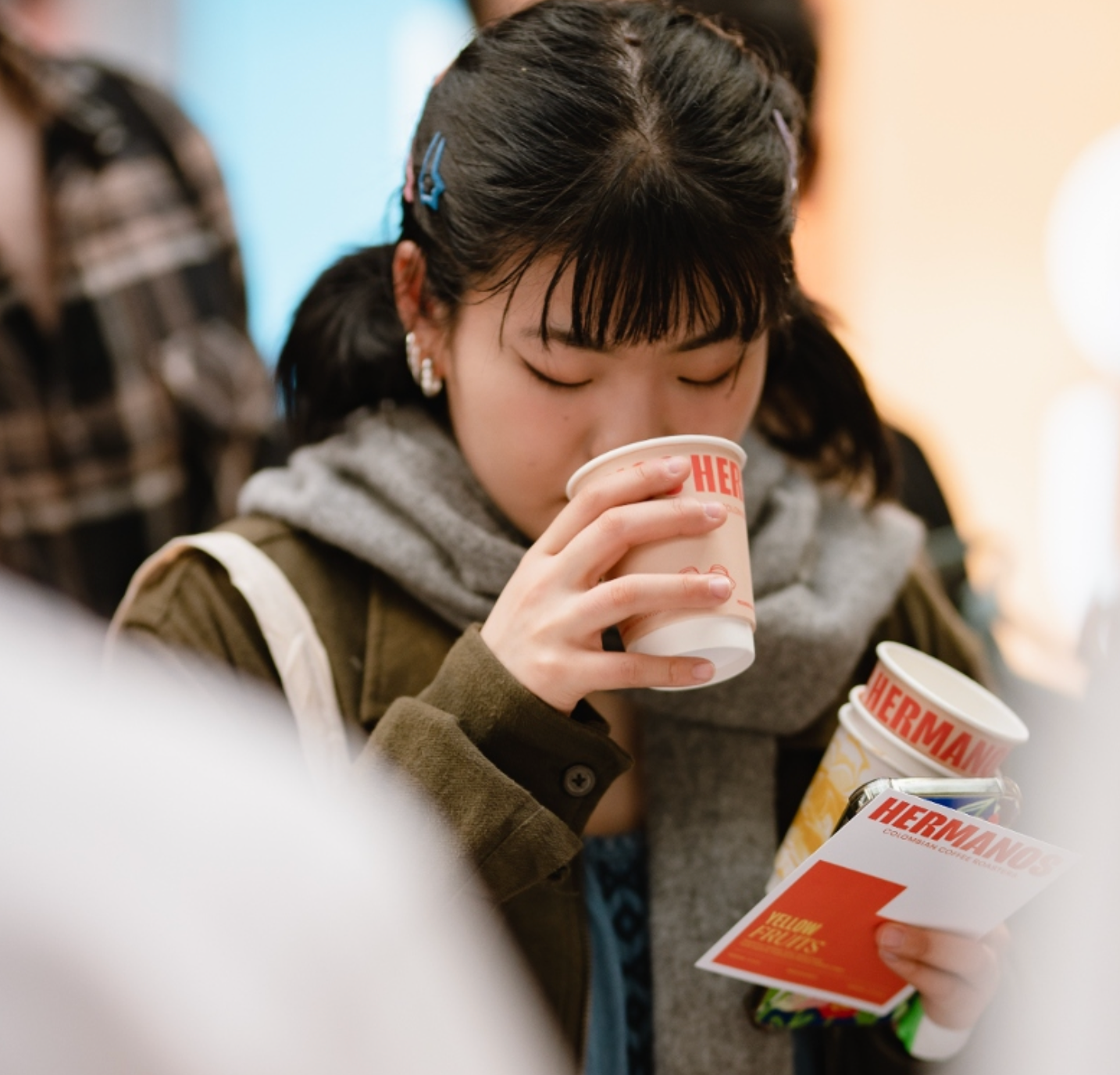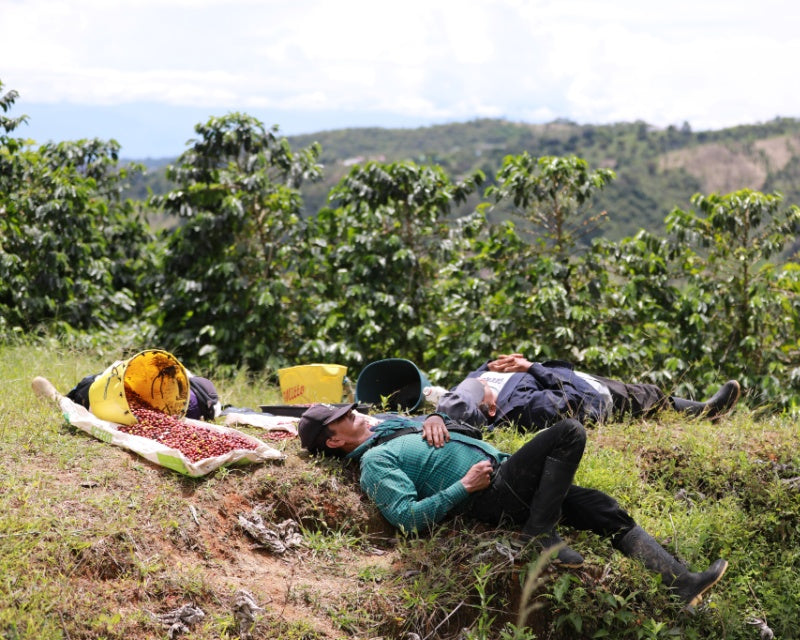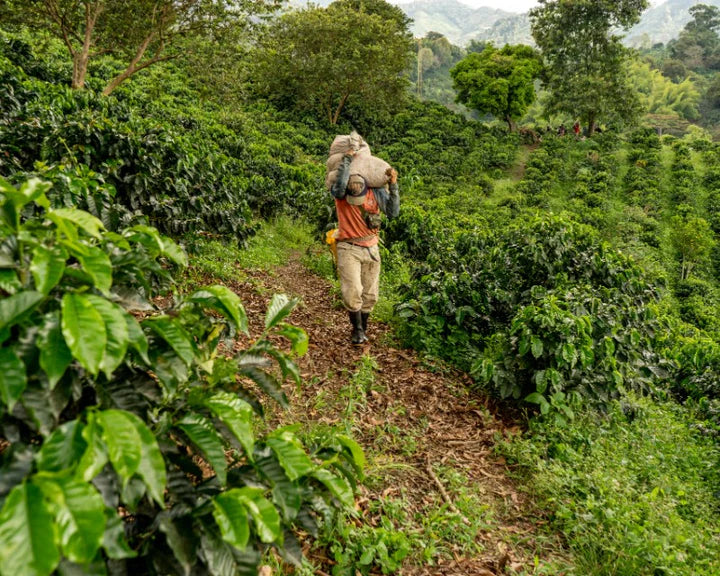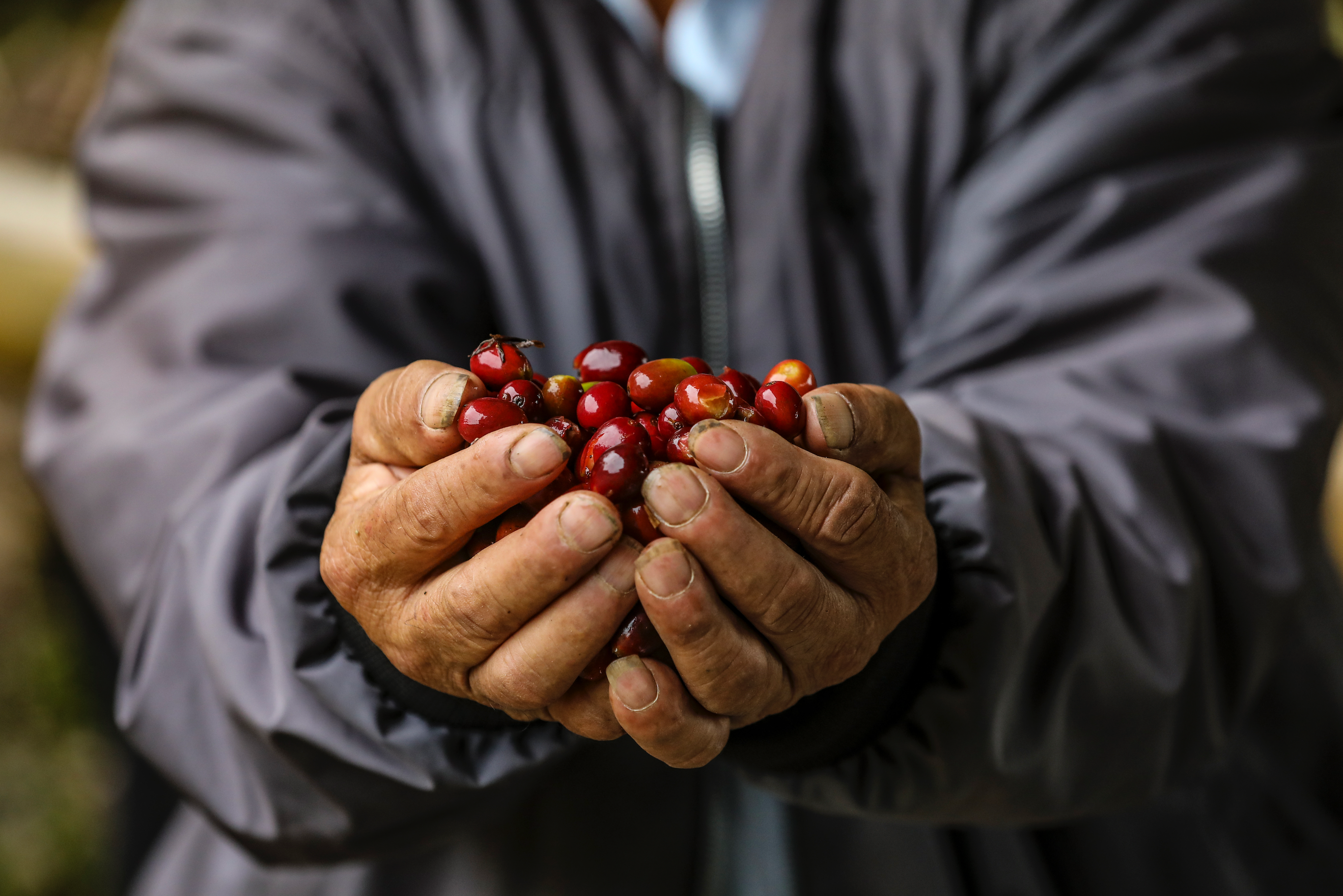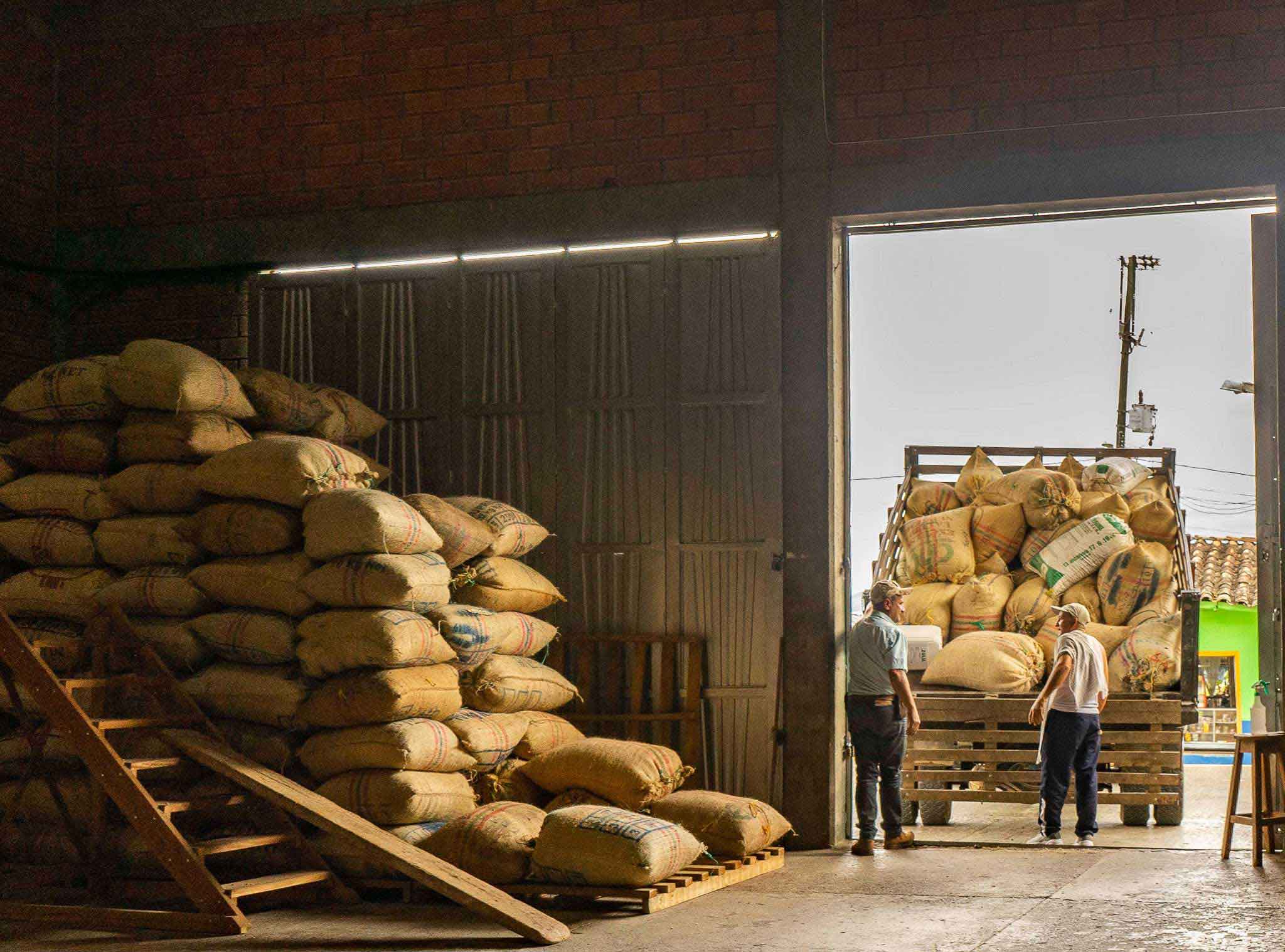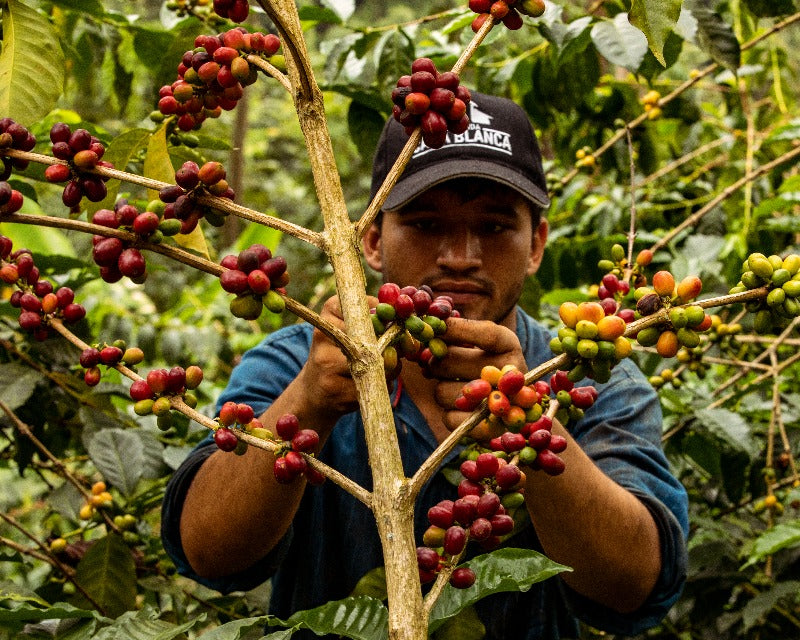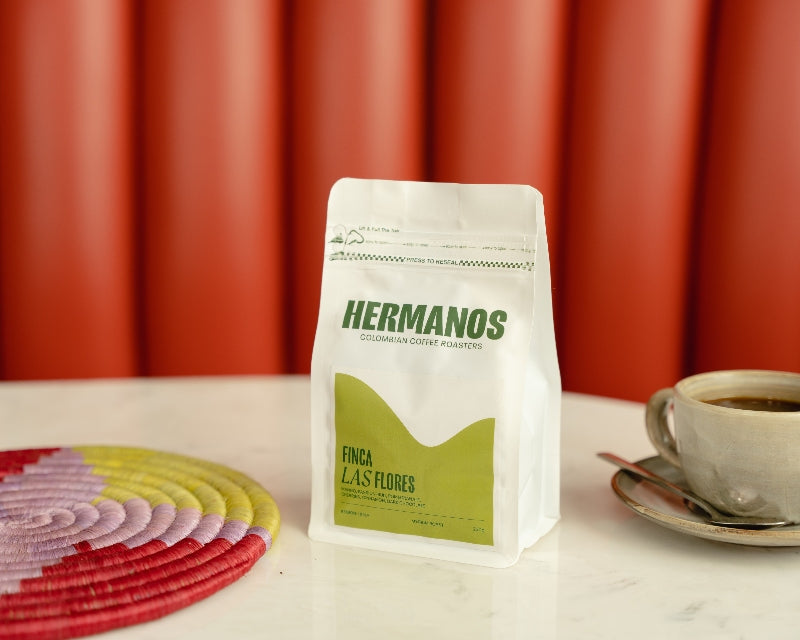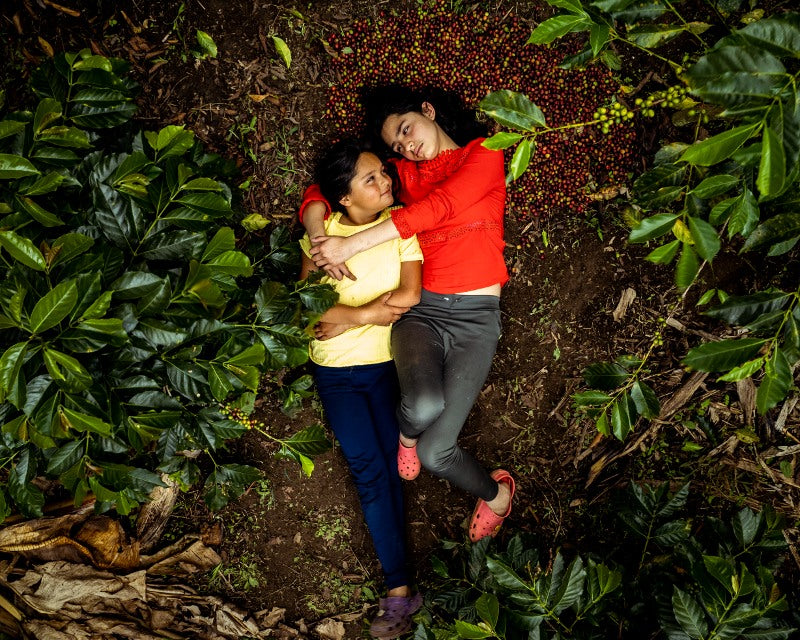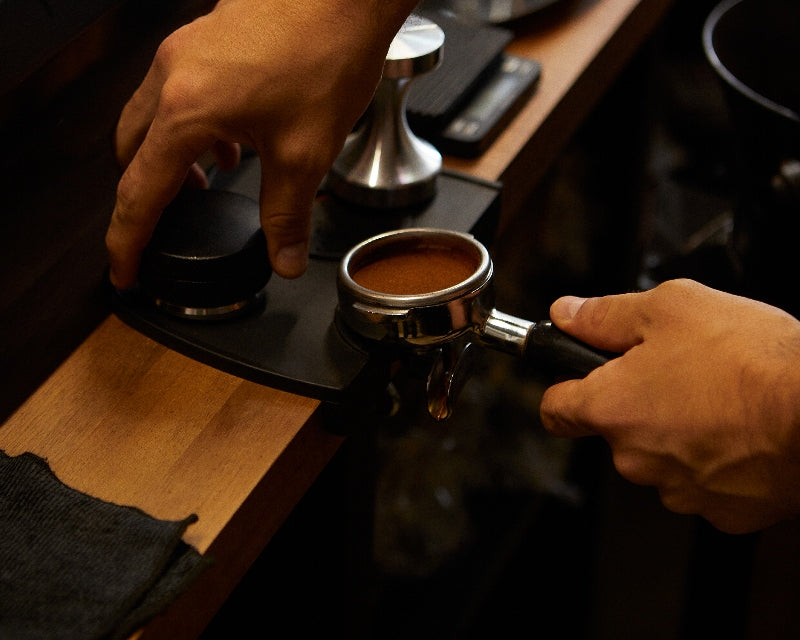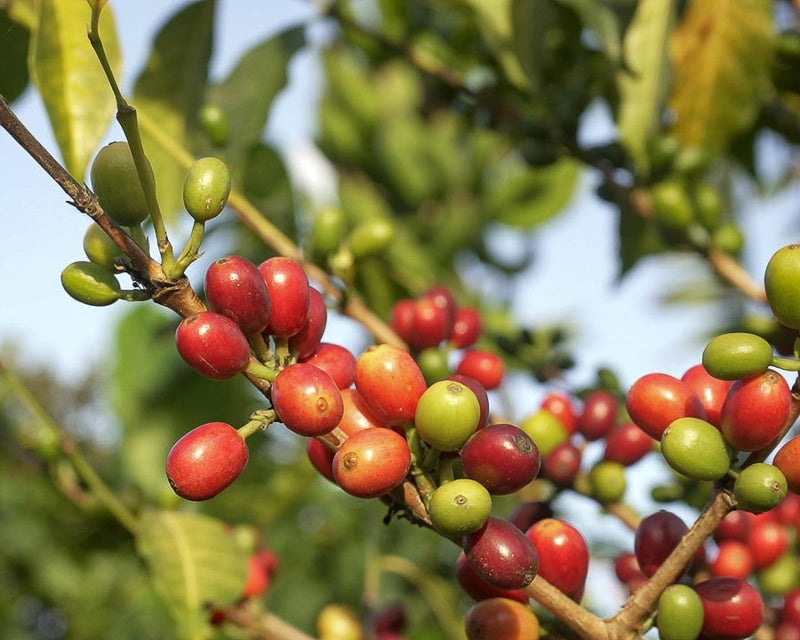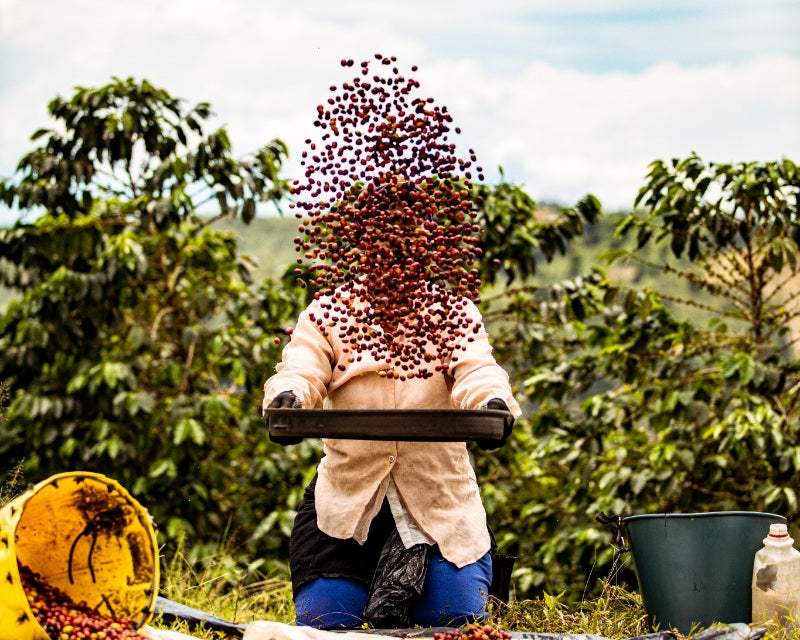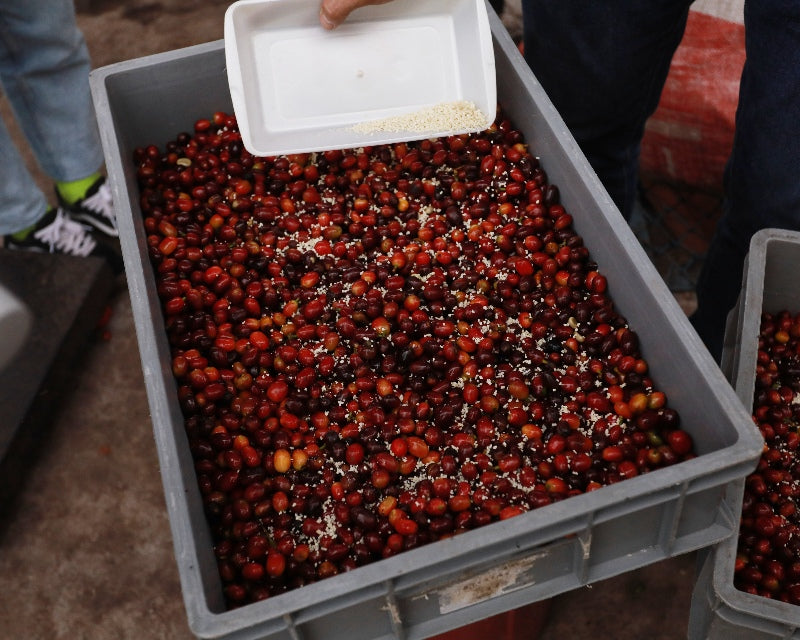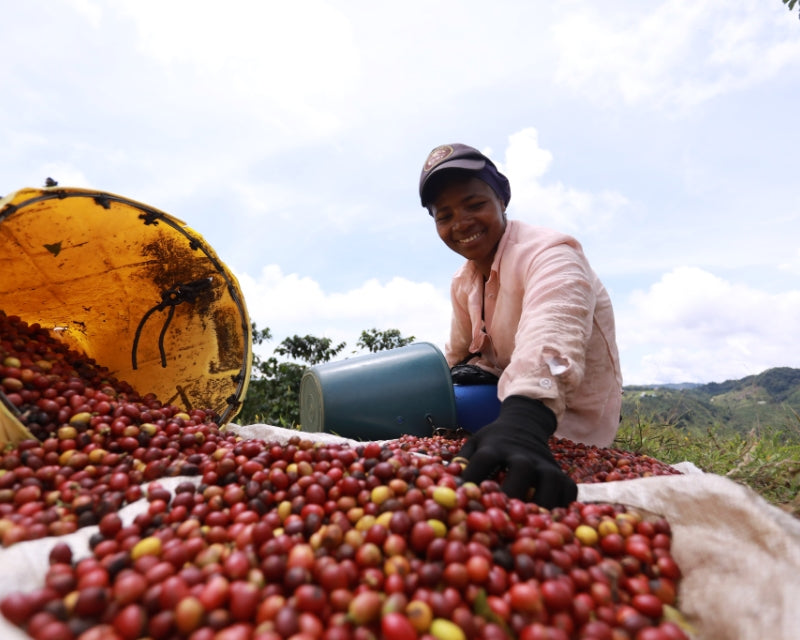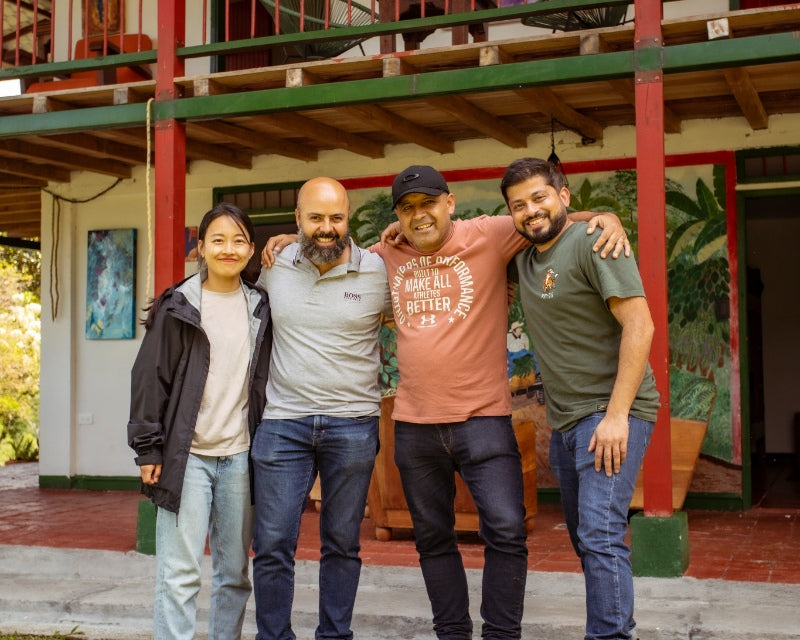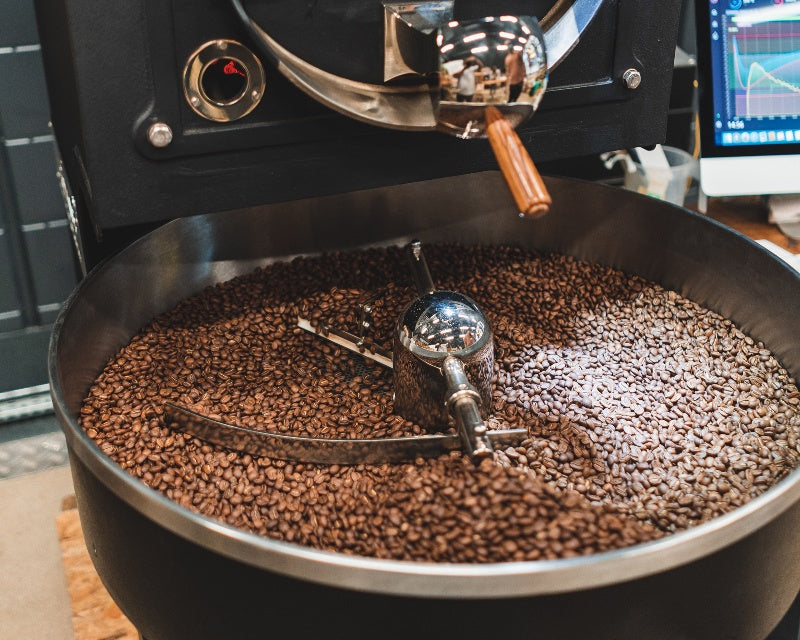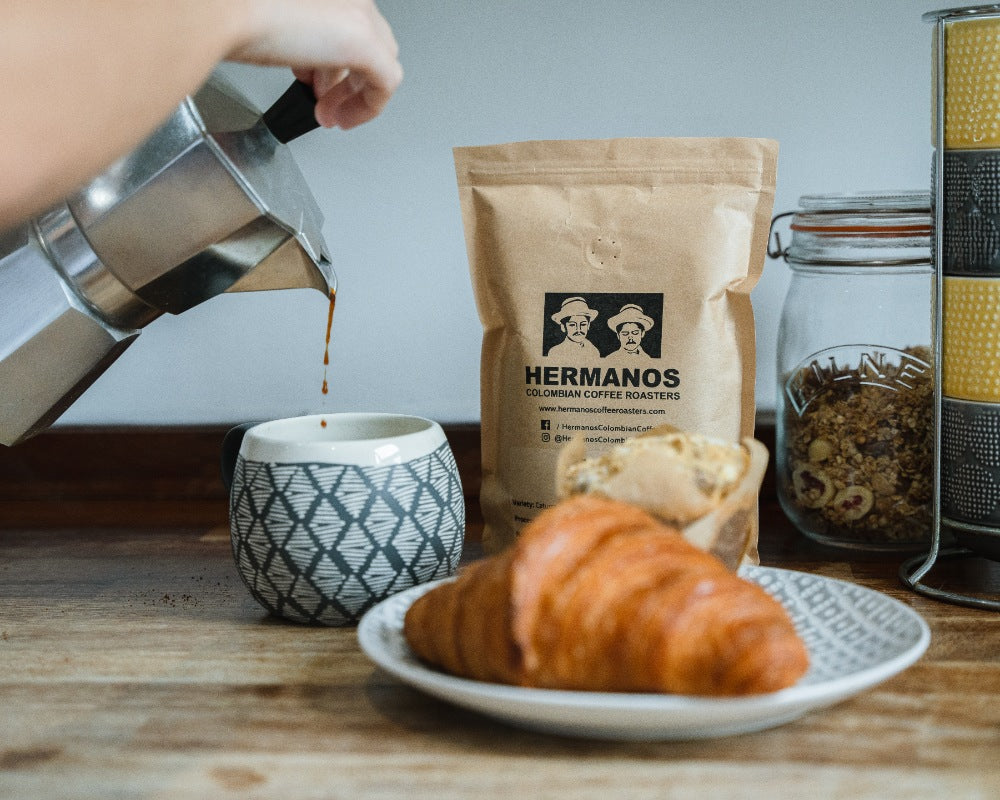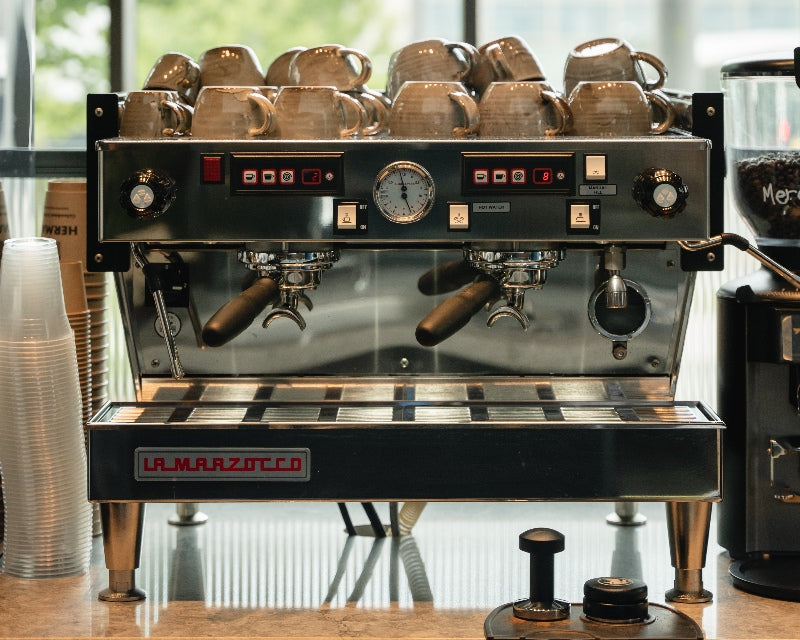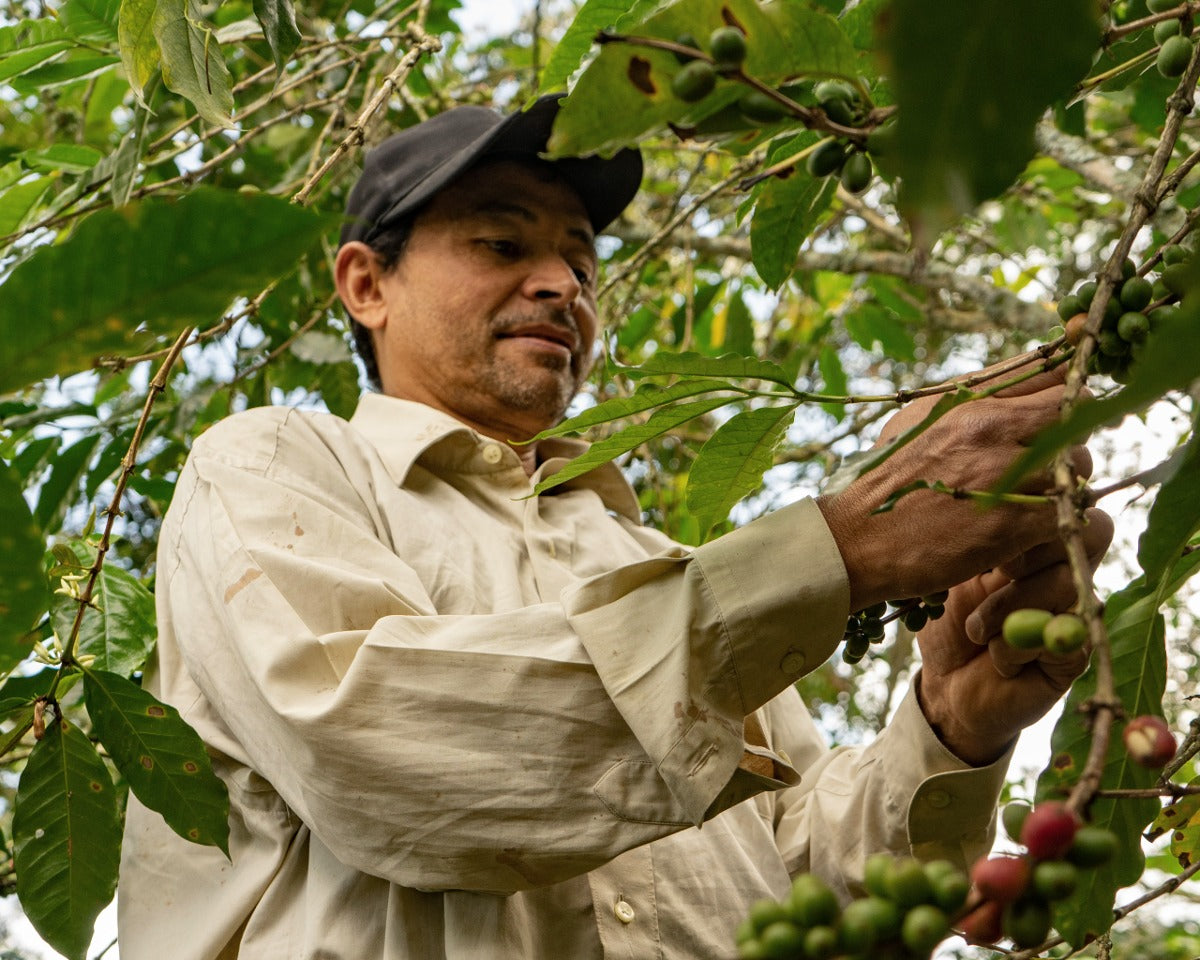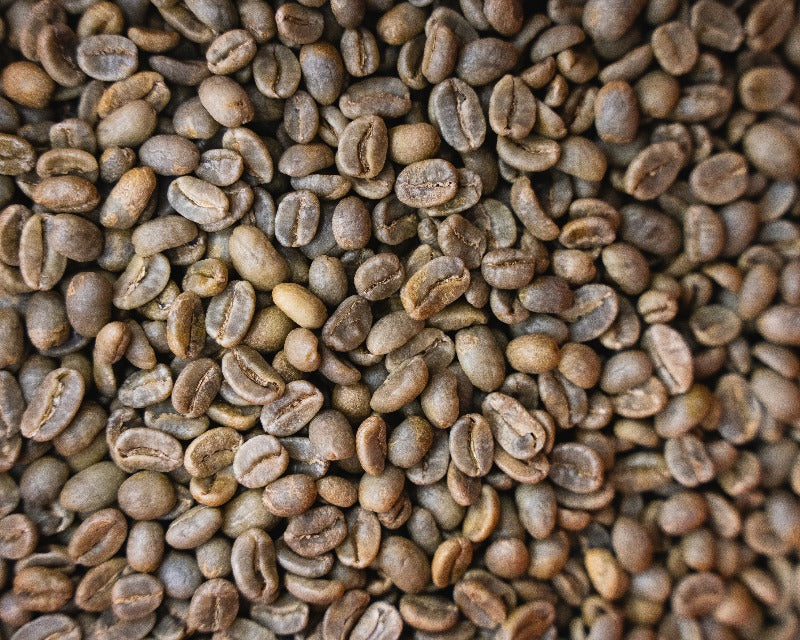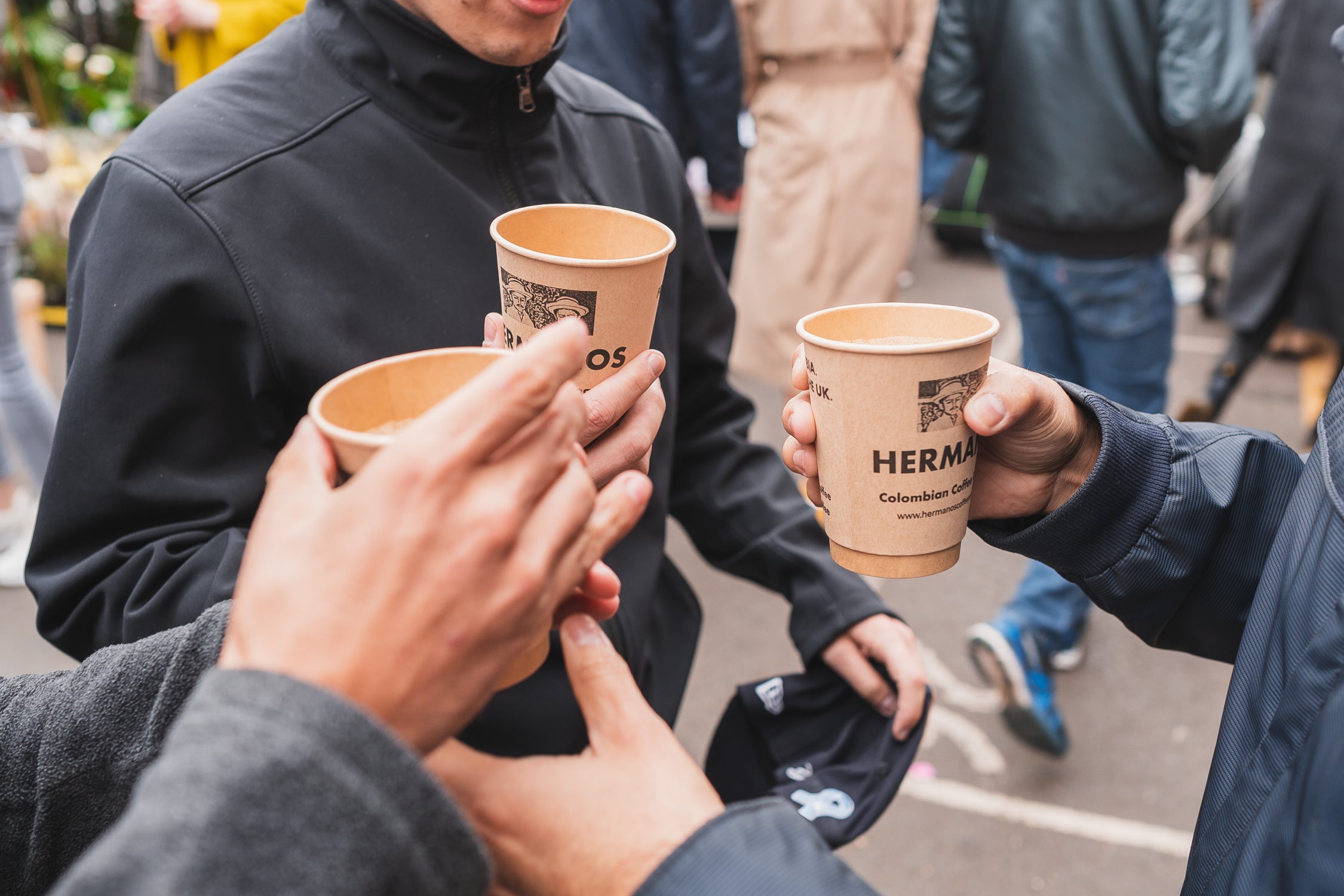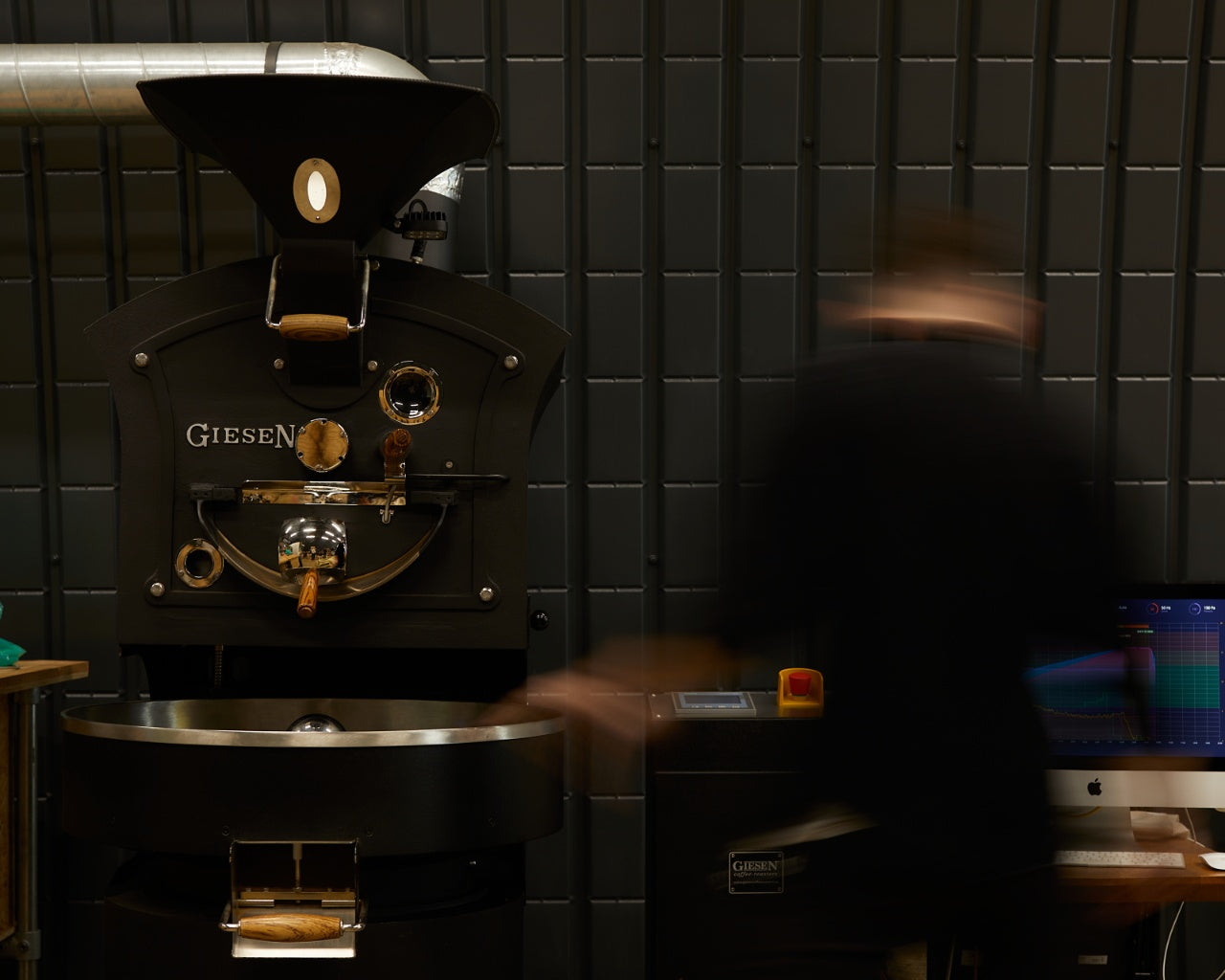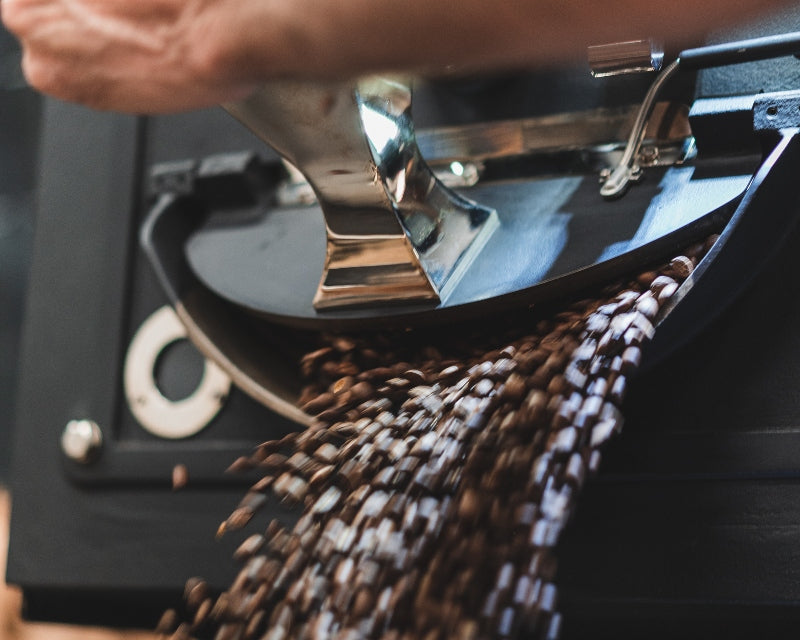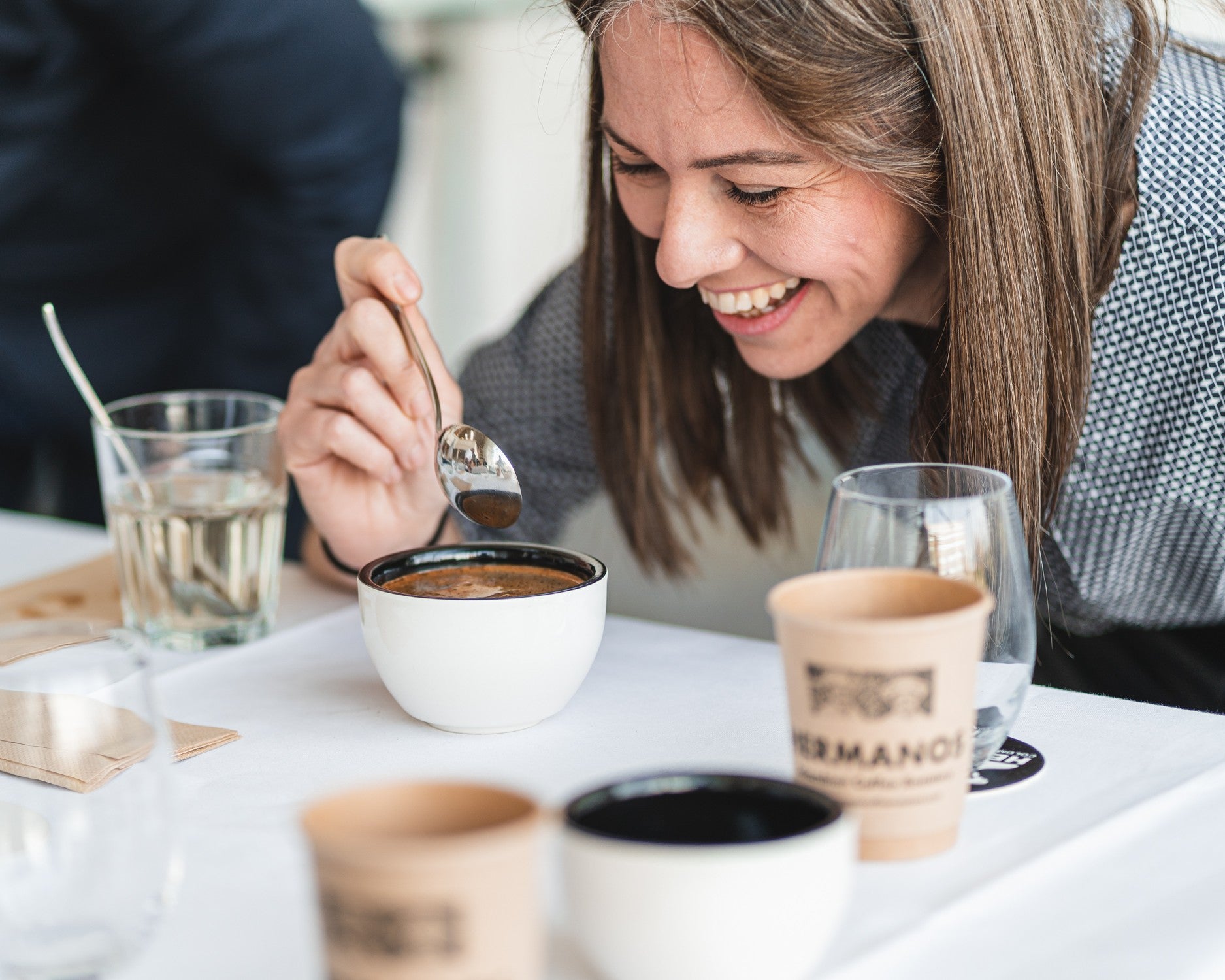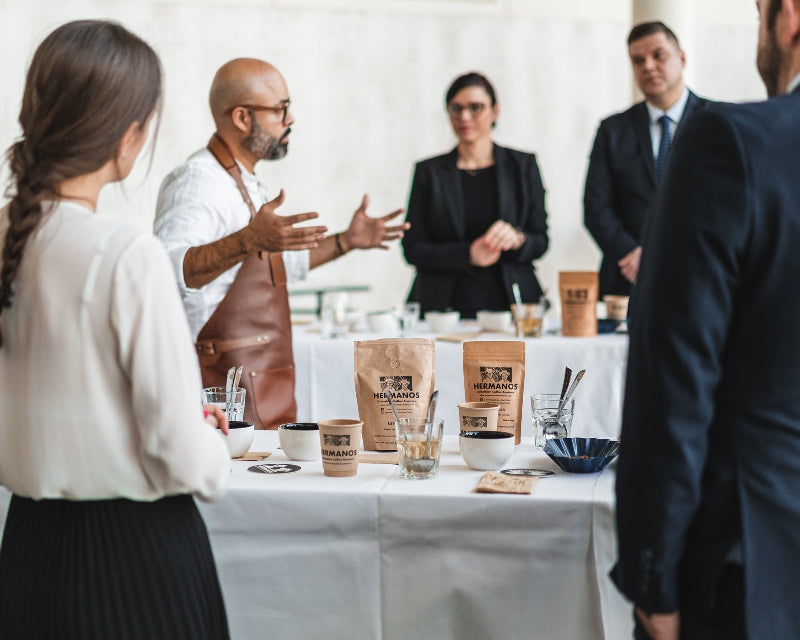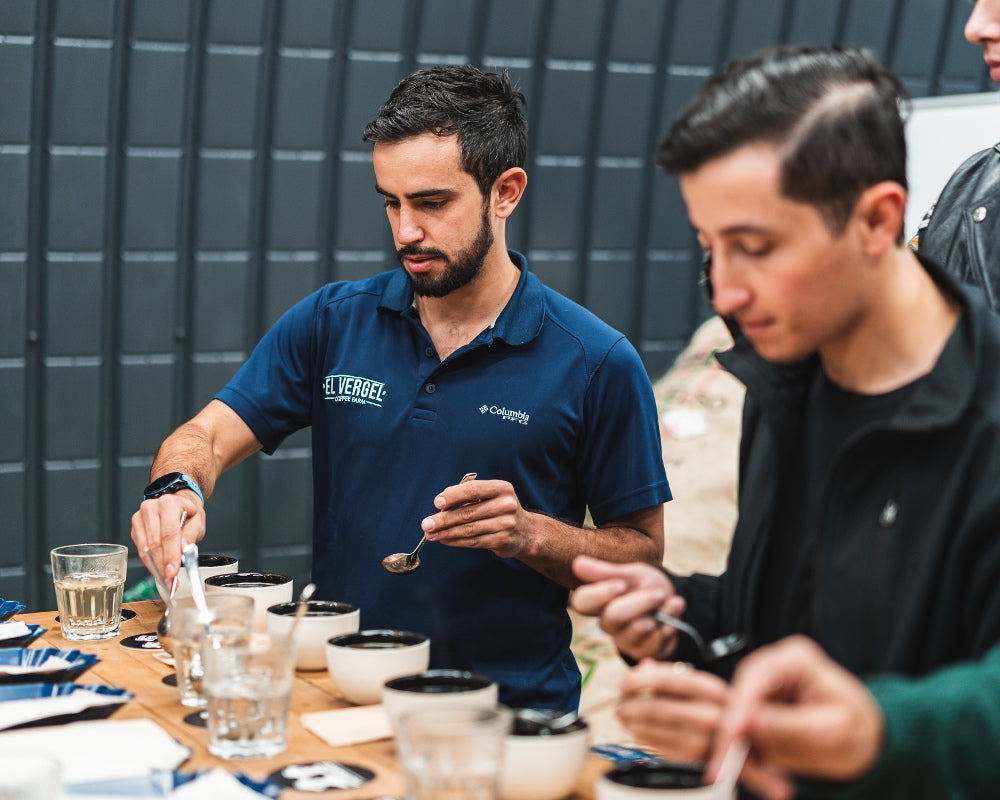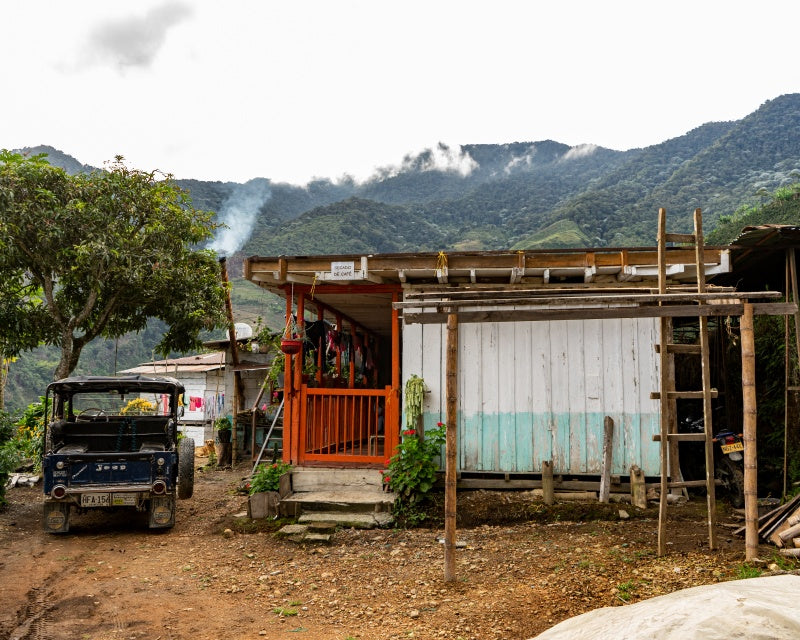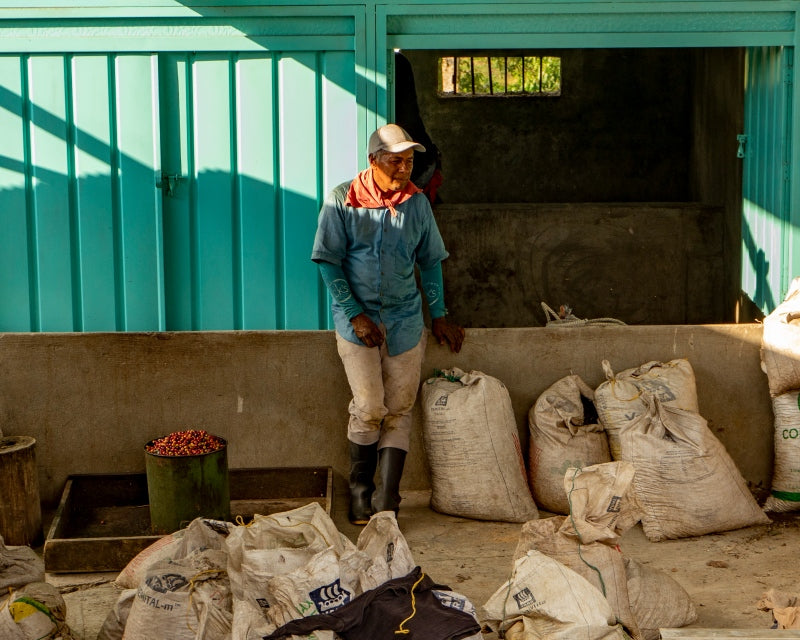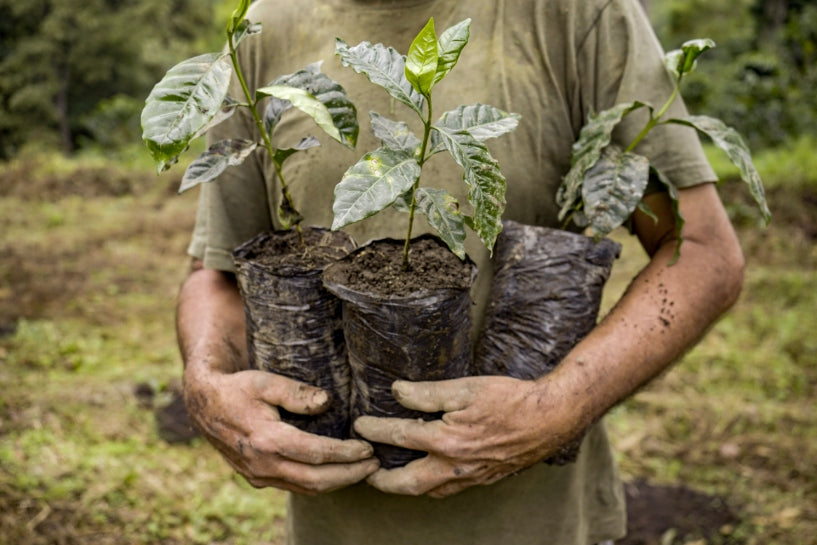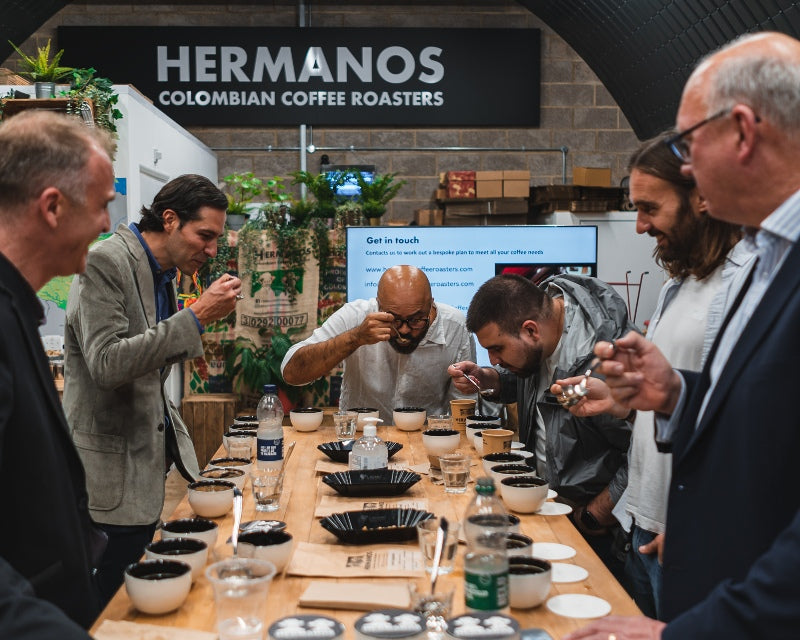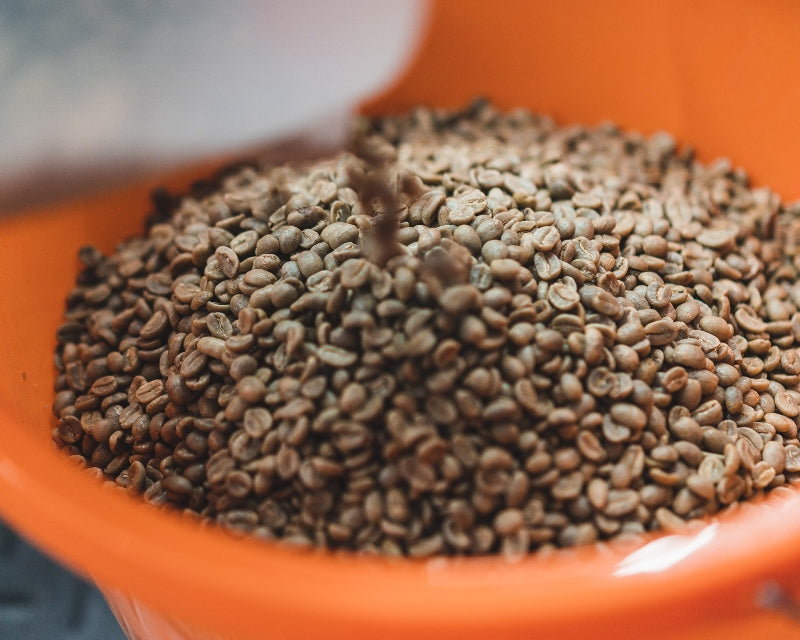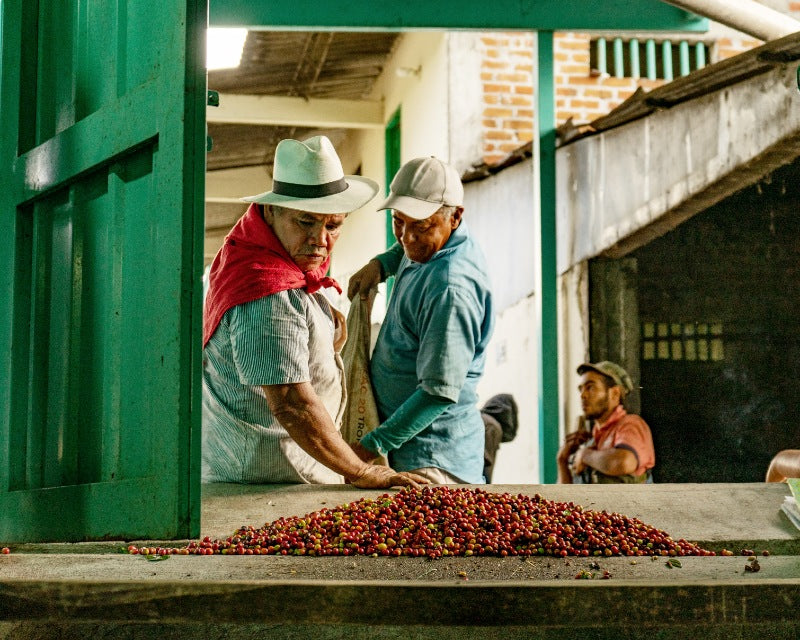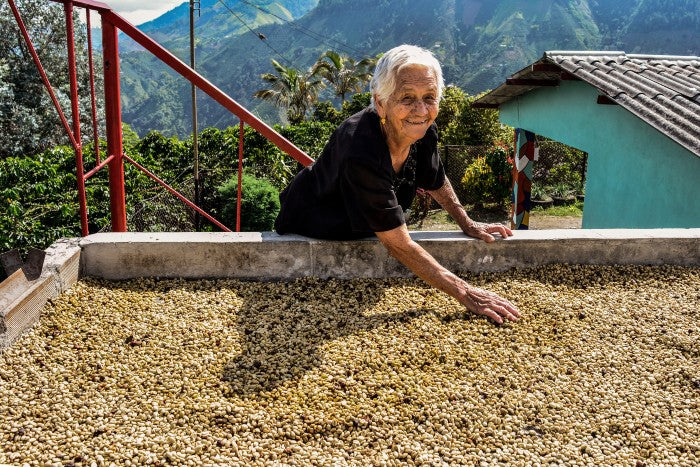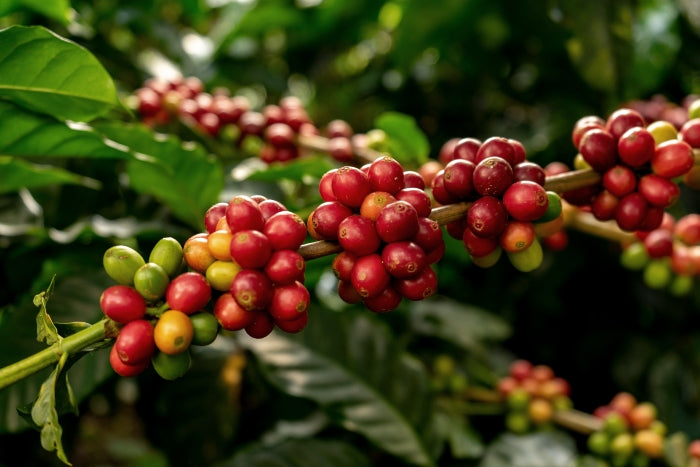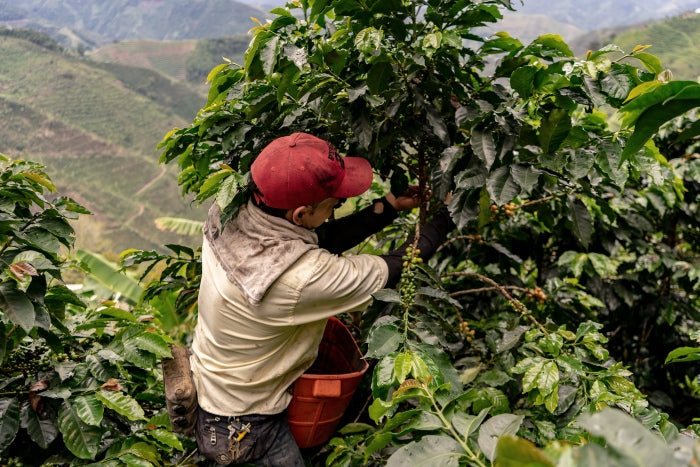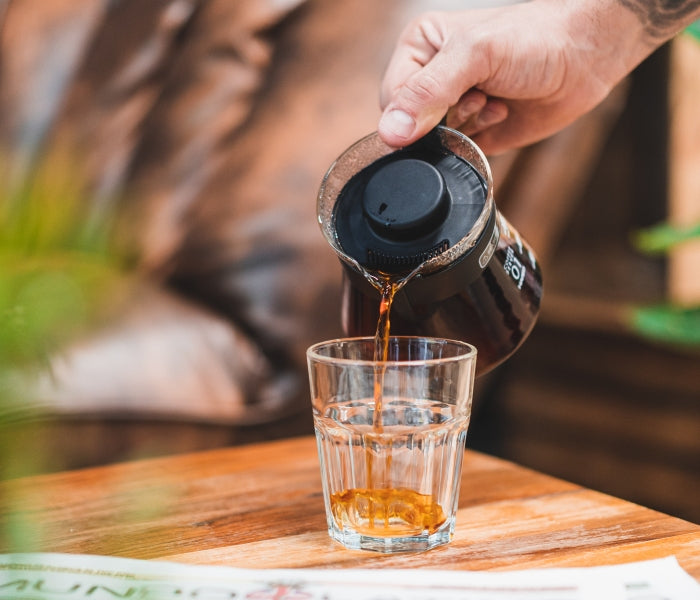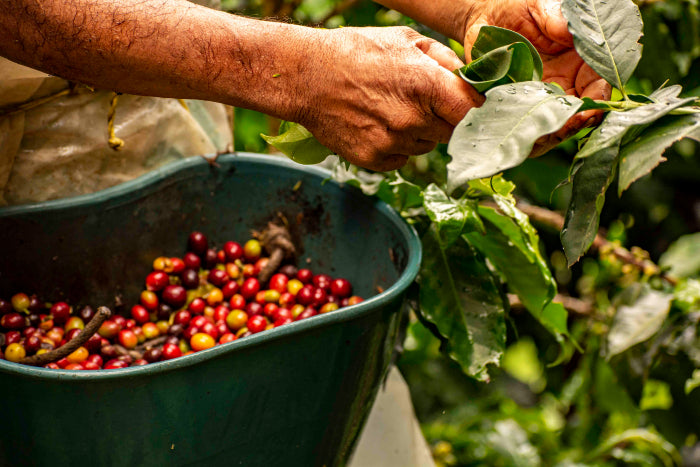If you’re planning to join your first coffee tasting session, you may have a few pressing questions about what to expect. We’ve compiled some of our most frequently asked questions into something we hope can be a resource for coffee tasters getting ready for their first tasting or cupping experience.
Contents
-
What Is Coffee Tasting?
-
Do I Need Much Experience with Coffee to Join a Tasting?
-
What Happens at A Coffee Tasting?
-
What Kind of Coffee Will I Taste?
-
How Should I Describe the Taste of Coffee?
-
How Long Is a Coffee Tasting
-
Who Will Be at a Coffee Tasting?
-
Where Can I Find Coffee Tasting Experiences?
-
How Much Do Coffee Tasting Experiences Cost?
-
Can I Run My Own Tasting Experience?
What Is Coffee Tasting?

Coffee tasting sessions involve observing the tastes and aromas of brewed coffee. It’s something coffee professionals have been doing for a while, and now, an activity that an increasing number of coffee enthusiasts and casual coffee drinkers are doing, either at organised events or at home.
There’s a strict protocol to follow if you are ‘coffee cupping’ (more on this below), but the more general act of coffee tasting can take many forms, as long as there’s some level of control and uniformity applied to the way the coffee is prepared and tasted. Simply being able to compare and contrast between two or more coffees in a fair way is the most important thing.
Describing something as more or less sweet than something else is always easier than trying to describe how sweet a single coffee is. By trying multiple coffees (back to back) and thinking about how they differ in terms of coffee notes, aroma, acidity, sweetness and body, you should be able to identify a coffee’s unique properties more easily.
|
Coffee cupping
|
Coffee cupping is an internationally standardised system used by the entire coffee industry to evaluate the quality of coffee at various stages in the coffee supply chain.
Following a specific process, tasters are able to assess how a coffee tastes, detect errors and measure how valuable it is. It can be used to perform a quality check after beans have been roasted or to negotiate prices between suppliers and importers/roasters.
With coffee cuppings, coffee is prepared and brewed in a certain way that makes it easier to identify its characteristics, rather than using a normal method like French Press or Espresso.
|
|
Coffee tasting
|
Coffee tasting can be performed by anyone. It follows no specific protocol and it gives the taster freedom to both compare analytically while also enjoying coffee.
You’re unlikely to consume much coffee (in volume) during a cupping session due to the way you sip and slurp it in such small amounts, but you can drink as much coffee as you like during a casual tasting.
|
Tip: Home tasting kits can be a great way to explore the differences between coffees, or, you can try to create your own tasting set-up by simply buying 2-3 different bags of coffee and drinking them side-by-side. Just make sure you’re brewing them in exactly the same way to make the process fair.
Do I Need Experience with Coffee to Join a Tasting?

The short answer to this is no. You don’t need much experience with coffee to join a coffee tasting experience. Having a general appreciation of the drink is more than enough. And sometimes the best tasters are those who have a very limited idea of what coffee should taste like — increasing the chance that you’ll be surprised or impressed by how varied coffee beans can be.
An open mind is more important than any level of experience when coffee tasting!
Having said that, if you have almost no experience with coffee (perhaps because you’re a tea drinker or just never gave it a chance) and have been invited to a tasting event, we’d warn you that a cupping session is a very unique way of tasting coffee.
Due to the way coffee is brewed (steeped in water for a prolonged period) and the small volume of coffee you’ll be sipping, you might find it hard to get your bearings at first. If you’re worried about this, it might be worth preparing for a group or corporate coffee experience by tasting between different types of coffees at home in your own time, to give you a better point of reference.
What Happens at A Coffee Tasting?
During a coffee cupping session, each coffee will be prepared by your coffee tasting guides in a way that reduces the chance of any specific brewing method influencing the flavour of the coffee. It’s a way to simplify the process and focus more on the coffees’ properties.
If you join one of our cupping experiences, you’ll see that the set-up isn’t that complicated once you know what everything is for. The coffee isn’t brewing in a particularly sophisticated way using equipment like V60s or a Chemex. The hard part is getting the timing right and standardising the process enough to make it fair.
This can be a hassle if you’re doing it yourself (especially for a large group of people), but if you’re joining a public or corporate coffee tasting event, you’ll just need to follow what your coffee tasting guide tells you to do.
The Coffee Tasting Set-Up

Above is an example of what our coffee cupping tasting stations look like, however, even for us, this might vary depending on the available space and equipment. For instance, a tasting experience in our roastery will look a little different to one we run externally.
The Cupping Process
-
Dry whole beans are prepared on trays to allow tasters to observe their qualities and fragrance while the brewing takes place
-
Hot water is poured onto small amounts of freshly roasted and ground beans in a cup or bowl using immersion alone to brew the coffee, rather than any specific brewing method
-
The aromas of the coffee are then analysed while it is allowed to steep for 3–5 minutes, allowing flavours to emerge and for the temperature to cool enough for drinking — a crust typically forms on the surface of the liquid
-
This crust is then broken and the floating grounds are agitated to unleash the coffee’s highly concentrated aroma, which is analysed again. Grounds then sink to the bottom of the cup stopping the brewing process
-
After this, any grounds or foam that has settled on the top of the coffee can be removed with spoons before the coffee is tasted in slurps (a method used to open the palate and get a better sense of the coffee’s qualities)
Example Tasting Event Schedule
The coffee tasting format may vary depending on who you’re tasting with. Some companies will wrap things up pretty sharply within 45 minutes and others may allow people to hang around afterwards to keep discussing.
|
Introduction
|
Guests are introduced to the different types of coffee being tasted and told what to expect during the session.
|
5-10 minutes
|
|
Brewing and preparation
|
Coffee is prepared and your coffee tasting guide will explain the steps you need to take. You’ll be encouraged to examine how the whole beans (laid out on the table in trays) differ in terms of appearance and aroma.
|
5-10 minutes
|
|
Tasting (and smelling)
|
The tasting commences, with all drinkers tasting simultaneously or one by one (depending on the set-up of the tasting stations).
|
10-20 minutes
|
|
Contemplation
|
Tasters are encouraged to think about the coffees in terms of sweetness, body, acidity, aroma, and finish as well as what they do and don’t like about them.
|
5-10 minutes
|
|
Tasting (Round 2)
|
You may get the chance to taste each coffee once again, letting you compare between specific beans and choose your favourites from the group.
|
10-20 minutes
|
|
Feedback
|
Feedback and discussions are always encouraged after the tasting is done. This is the perfect time to ask the coffee tasting guide/instructor and staff questions about the coffees, such as how they were processed and why this might influence their flavour.
|
5-10 minutes
|
|
Wrap-Up
|
The tasting guide will offer some final points of reflection while the team running the event clears everything up.
|
5-10 minutes
|
|
Total
|
|
45-90 minutes
|
Read Our Full Coffee Tasting Guide for Beginners
What Kind of Coffee Will I Taste?

The exact coffees you compare will depend on who you are tasting with and the coffees they have available. At Hermanos, our coffee tasting sessions include a wide range of Colombian single origin coffees, showcasing the diversity that can be found in the country and highlighting various profiles and notes.
However, it’s common that a tasting session, especially one run for beginners, will include coffees that are from different producing locations and have widely different profiles. For instance, comparing Colombian coffees with coffee from Indonesia or Kenya.
The more diverse the coffees are the easier it will be to compare them as a beginner taster, but you'll still find a good amount of variation within one country of origin, so you don’t need to get too hung up on this. Many factors from the way coffee is processed to the way it’s roasted (light, medium or dark roast) will have a huge impact on the flavour of the coffee.
The roastery, cafe, or individual running the event should have everything prepared before you arrive, including the cups, spoons, and the coffee beans.
Knowing some basic coffee tasting vocabulary can go a long way.
How Do I Describe the Taste of Coffee?

Finding a way to frame your thoughts and opinions can be the hardest challenge when coffee tasting. And knowing some basic vocabulary and concepts can go a long way. To get started, we’d recommend keeping the following in mind when cupping.
-
Sweetness — Do you detect a sweet or sugary quality? If so, can you compare it to anything specific, such as honey, brown sugar or molasses?
-
Acidity — Is the coffee acidic? Acidity is a good thing in coffee and something many people look for, but too much can be overwhelming and contribute to an unbalanced drink overall. We describe acidic coffees as “bright” and compare the sensation to what you’d experience with fruits like lemons or passionfruit.
-
Body — Some coffee after being brewed is heavier or thicker than others. Can you notice a difference between the body of the coffees you’re tasting? Considering how other drinks differ in terms of body can help you to understand this concept, such as beer (lagers vs ales) or milk (full fat vs skimmed).
-
Flavour/Notes — Coffee can taste like pretty much anything, and describing coffee gets easier if you have things to reference. There’s no real right or wrong answer. You’ll probably hear your fellow tasters saying things like “this tastes a bit like chocolate” or “I think I can taste berries”. The key thing is to think of references to real foods you’ve experienced and draw a comparison.
-
Finish — Sometimes coffee will linger in your mouth and on your tongue, giving you a lasting finish and prolonging the experience of certain notes or qualities such as acidity. Other coffees may disappear quickly, with the flavour dissipating shortly after you’ve taken a sip.
Read Our Full Guide On Coffee Tasting Terms
Coffee Cupping/Tasting Etiquette - What Do I Need to Know?

A professional cupping session, like the ones we carry out throughout the month at Hermanos to assess quality and test new beans from Colombia, will differ from those we run for the public. These will be more technical and controlled than our public tastings.
Understandably, some are daunted by the idea that they don’t know the right etiquette to follow or the thought of having to explain in detail what they think, but then settle when they realise that the process is quite relaxed.
|
Slurping
|
Slurping helps you to experience the full flavour of the coffee more easily. It sprays the liquid across your taste buds and increases your perception of the aroma. However, you don’t need to slurp if you don’t want to, or as aggressively as your host is doing. Approaching it like you would a hot bowl of soup will do just fine!
|
|
Water
|
Rinsing spoons after each sip keeps things hygienic as well as prevents the cross-contamination of the different coffees you’re tasting.
There’s usually plenty of water (laid out in glasses) so all you need to do is make use of them.
Additional glasses of water may be offered to people who want to cleanse their palate between different coffees.
|
Where Can I Find Coffee Tasting Experiences?

The market for tasting experiences in the UK is growing, but it might be hard to find something near to you that’s also affordable. If you’re lucky, you’ll live close to a coffee roastery that regularly offers these experiences to the public, in which case, all you need to do is ask the barista staff for more information or book an experience online.
However, as tasting experiences take planning and preparation, not every coffee brand will offer them. This doesn’t mean that they don’t do them, but more that they are reserved for internal employees during training or for those in the “inner circle” — such as wholesale partners, industry contacts and others from their network.
Even if a coffee brand’s website doesn’t advertise cupping sessions, it’s still worth contacting them directly and inquiring (via their social channels or email). If you can convince them of your enthusiasm and ability to bring a good number of people, they may be willing or organise a tasting experience for you and your friends. It also helps if you are an existing customer!
If you want something more hardcore, you can consider enrolling on a coffee training course endorsed by the SCA, where you can learn more about coffee, develop coffee skills and get your fill of coffee tasting activities as part of the SCA Coffee Skills Program.
How Much Do Coffee Tasting Experiences Cost?

The prices of coffee tasting experiences can vary considerably, ranging from £25 per person to £100. Factors which determine this are, primarily, the cost of the raw coffee and the number of people attending the activity.
A large group session tasting low-mid range coffees will of course cost less than a smaller group session that includes several premium-grade specialty coffee beans such as Geisha coffee beans. The experience level of your coffee tasting guide will also impact how much you pay, with owners and more senior staff members being more expensive additions than baristas.
Booking a tasting session to come to you, such as your office or home will also cost more than visiting a coffee shop, lab or roastery which will already have all the necessary equipment on-hand.
We’ve seen a huge spike recently in requests for corporate tasting events and many are lucky enough to experience their first coffee tasting as part of a work event organised by their companies or partners.
How to Book a Tasting with Hermanos
Due to the high demand and the time-intensive nature of the process, we take many of our bookings directly. However, we’re working to increase the number of sessions we offer to the public. If you want to know the cost of our tasting experiences, send us an inquiry to info@hermanoscoffeeroasters.com and we’ll update you with our current rate for individual and group tasting experiences!
Want to Know Why the Cost of Coffee Is Rising?
Can I Run My Own Tasting Experience?

You can either choose to replicate the steps used in professional cupping sessions as best you can, or, conduct a more relaxed tasting where you line up a number of coffees to taste — brewed using whatever method you like best.
There’s really no wrong way to do this as long as you’re actively paying attention to what you’re experiencing and are managing to create some uniformity in the way each coffee is brewed, making the comparison fair.
Suggested Tasting Activities
-
Compare between different coffee origins, such as countries that are known to offer different profiles like Colombia vs. Kenya
-
Compare between different brew methods such as a V60 and a French Press
-
Compare between different processing methods such as washed vs. natural coffee beans
You don’t need to join a coffee cupping experience to learn more about coffee — try running your own tasting session at home!
Tips for Tasting At Home
-
Beans will produce exceptional aromas when they’re brewed so remember to smell each coffee before you taste it. Get in close to the cup with your nose and inhale. You can also cup your hand over the coffee if it helps to funnel the aroma into your nose.
-
Rather than drinking coffee as you would normally, take measured sips or slurps and try to analyse what’s happening on your tongue.
-
Slurping is great as it helps coffee to reach more areas of your mouth and nose so we’d recommend trying this, even if you’re only comfortable doing it in private.
-
Prepare a list of things to look for, such as sweetness, body, acidity and finish. Having a notepad and writing short descriptors can also be great.
For advice on buying coffee that’s great tasting and sustainable, read our guide: How to Buy Specialty Coffee Beans - A Beginner’s Guide
Final Coffee Tasting Tips

Depending on where you are in your coffee journey you may find the taste of certain coffees overwhelming at first (especially if you’re used to drinking it with milk and/or sugar). However, just as your palate adjusts to other drinks and foods over time, like wine, it will also adjust to the flavour of different coffees.
If you’re looking for a simple way to learn more about coffee flavours, or want to prepare for a coffee tasting session at home, start having your coffees just black. This will give you a less diluted impression of the coffee’s natural qualities, making it easier for you to compare. We’d also suggest buying coffees from specific origins if you’re not already doing so, as this will have a large bearing on what coffees taste like.
There’s no need to put pressure on yourself to identify certain notes or qualities straightaway. Even the more seasoned coffee drinkers will find it hard to do this.
At Hermanos, we’re working to increase the number of sessions we offer to the public. If you want to know more about our tasting experiences or to book a corporate event with us, send us an inquiry to info@hermanoscoffeeroasters.com!










